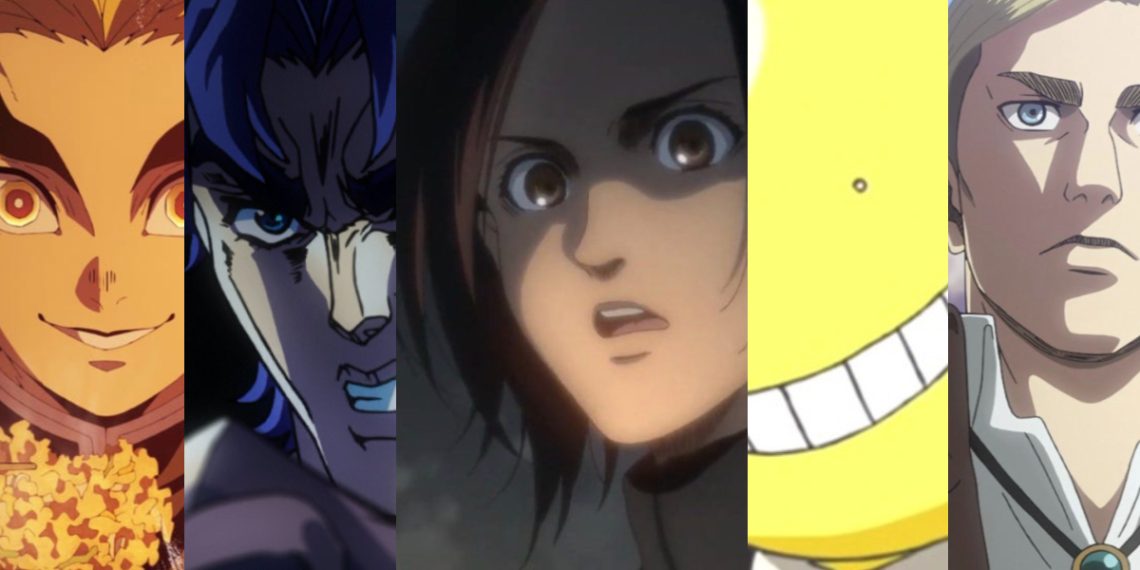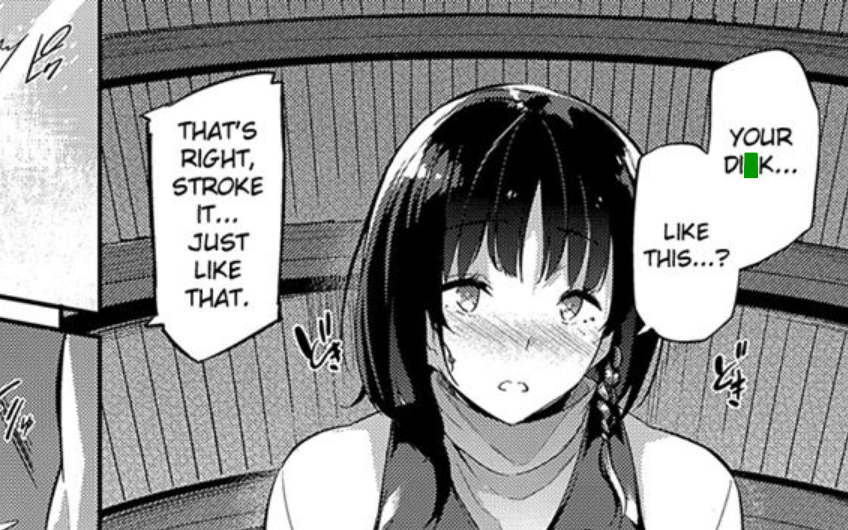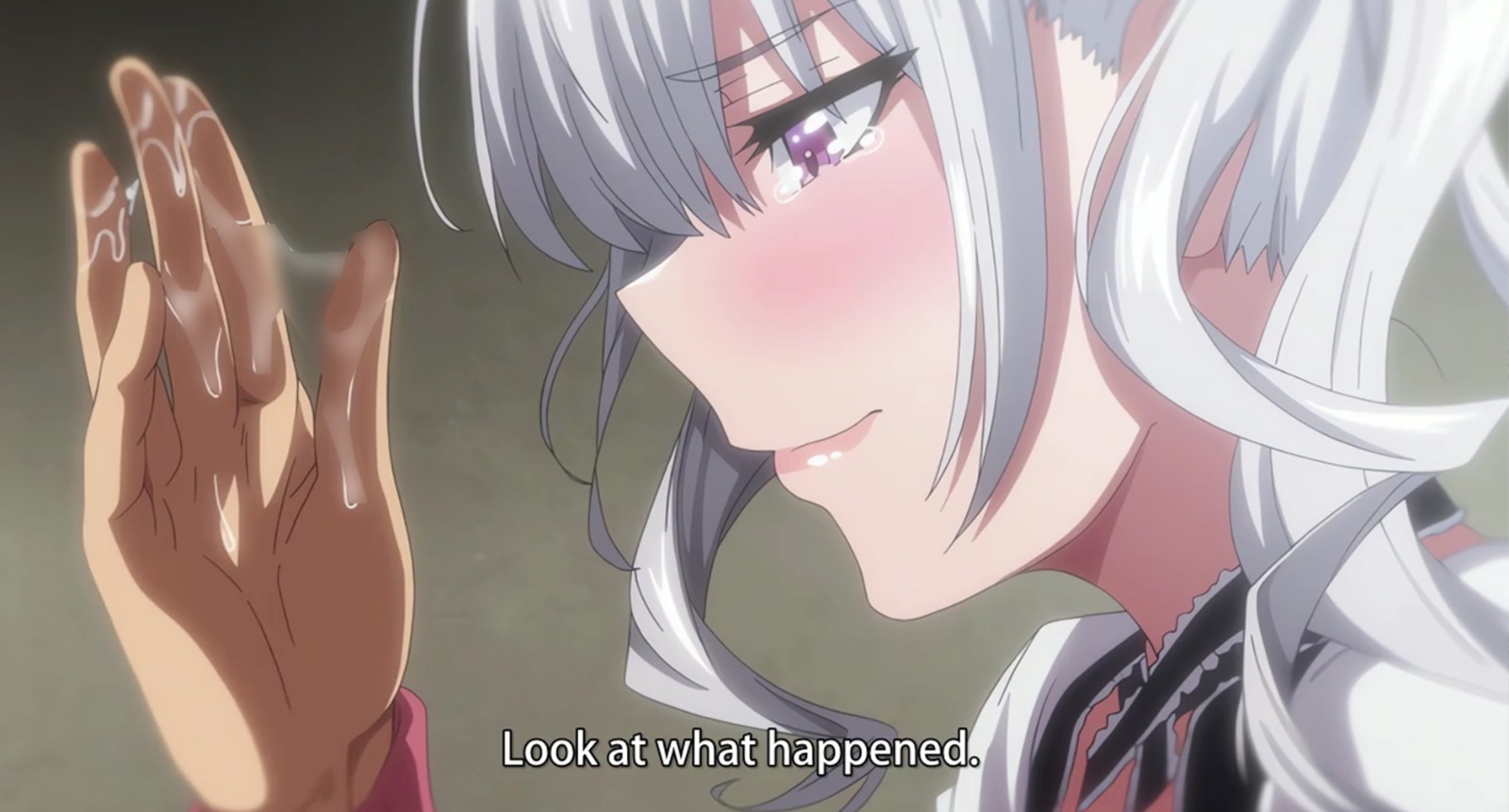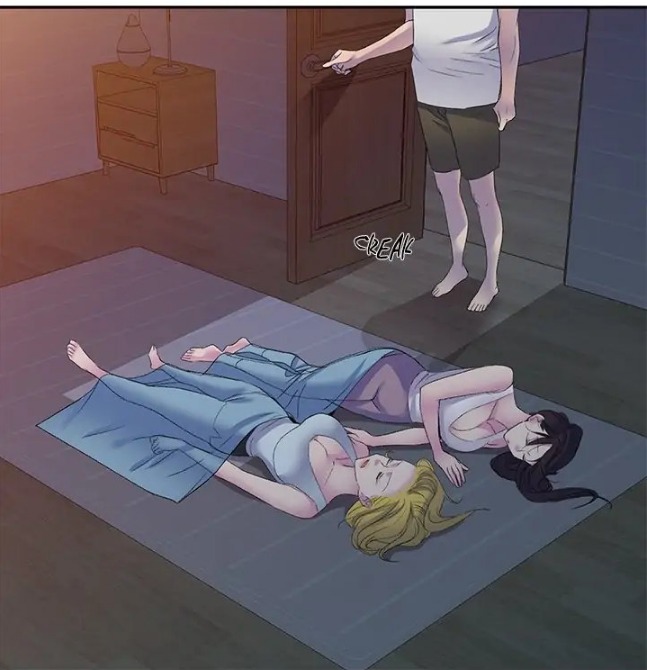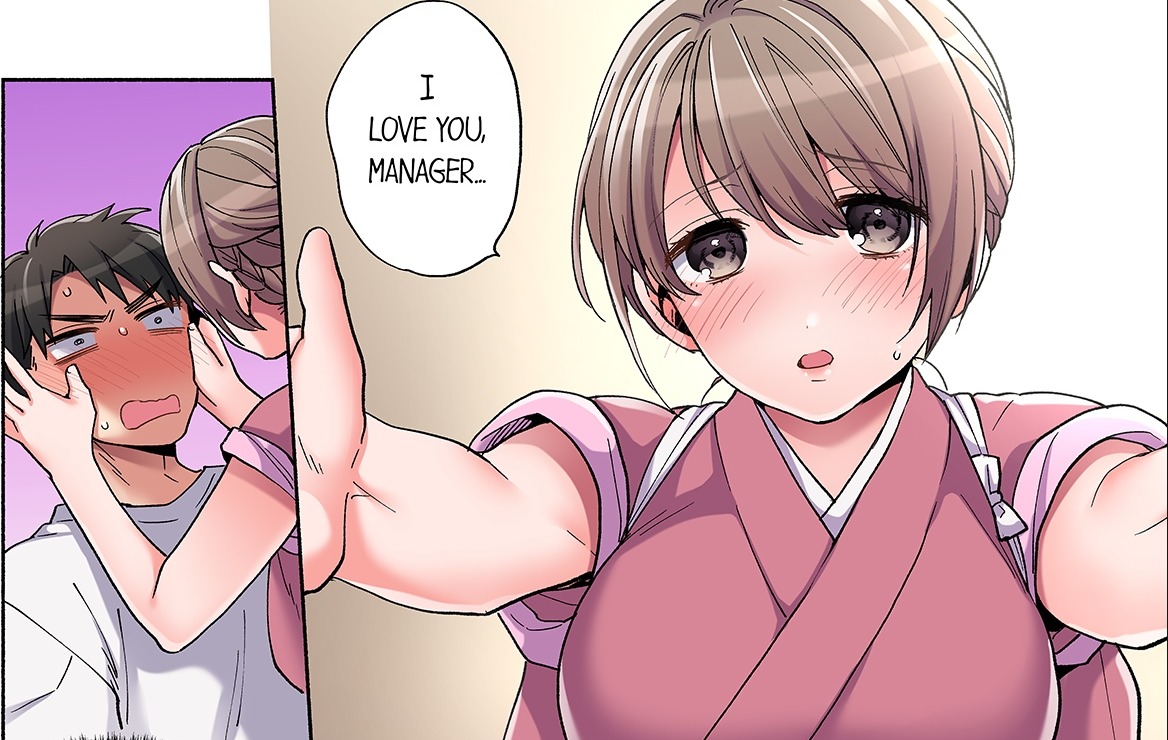Anime has always excelled in crafting immersive narratives and developing characters that forge strong emotional connections with viewers. Whether through intricate backstories or compelling plotlines, anime transcends mere entertainment to create a world where the impossible becomes possible.
While some may view anime characters as fanciful or eccentric, they serve as conduits for exploring complex themes such as fantasy, romance, comedy, and action, offering a perfect escape for fans.
Within this rich storytelling, characters serve as the beating heart of the anime experience. Viewers often find themselves drawn to specific characters, forming deep bonds of resonance and connection.
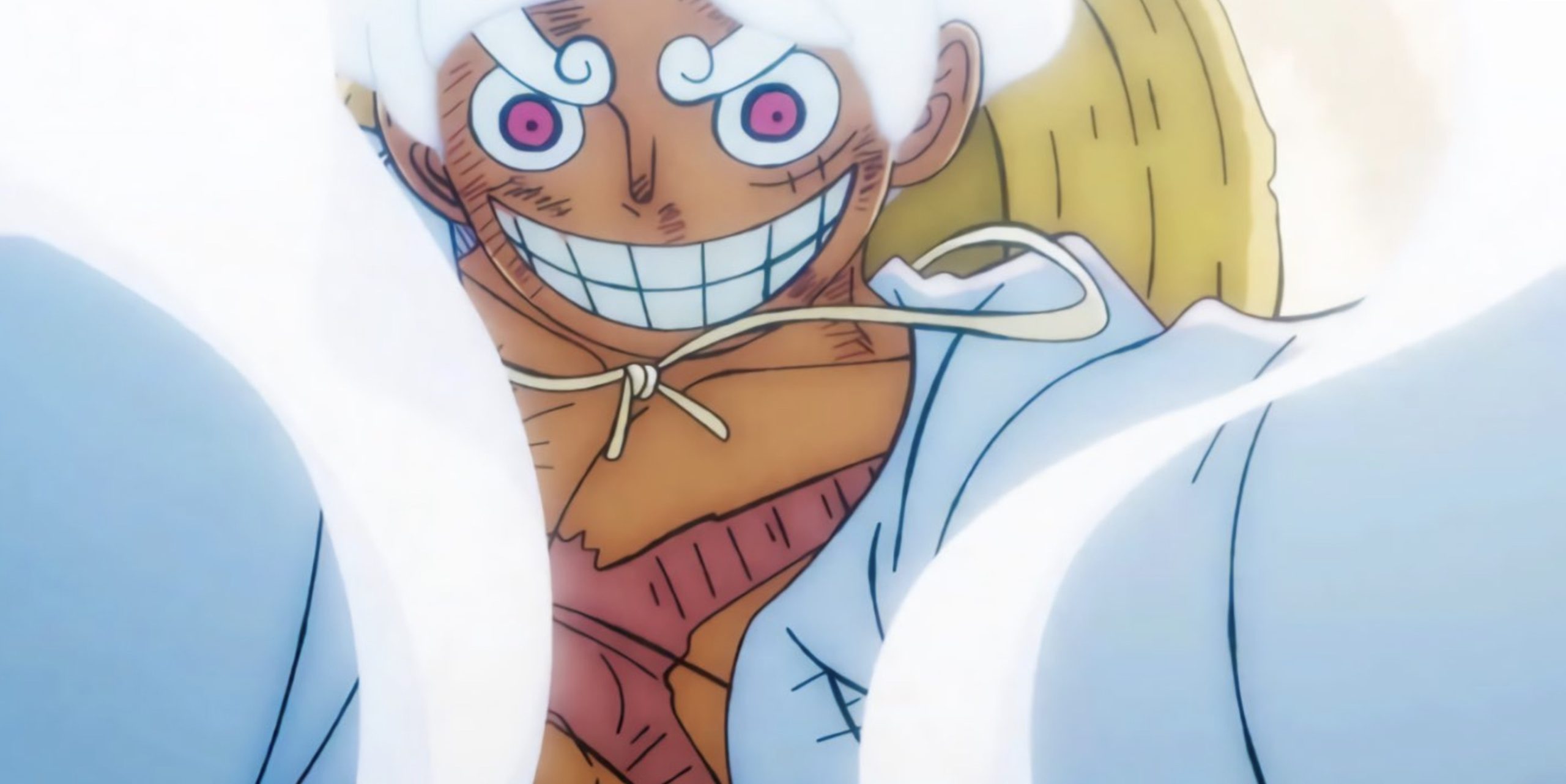
When a beloved character meets their demise, it leaves an irreplaceable void. Unlike real-life actors who can reappear in subsequent shows or movies, the loss of an anime character is permanent, heightening the impact of their departure.
The portrayal of death in anime underscores the notion that even within fictional worlds, life is not always sunshine and rainbows.
Throughout the anime, certain character deaths stand out, leaving an indelible mark on viewers. These moments transcend the boundaries of fiction, eliciting genuine sadness and grief from audiences.
Whether it’s the selfless sacrifice of a hero, the tragic downfall of a misunderstood antagonist, or the untimely demise of an innocent soul, these emotional deaths resonate with viewers, reflecting the complexities of human emotions and the profound influence of fictional beings.
While countless poignant moments exist within the anime sphere, this article highlights a few more of these impactful instances.
Leone And 23 More Characters’ Death In Anime Series That Is Too Sad To Accept
Here is a list of the 24 most heartbreaking character deaths from different anime series.
24. Leone
Leone stands as a steadfast member of the Night Raid, a band of assassins locked in a relentless struggle against a government steeped in corruption. Renowned for her unwavering resolve and fierce loyalty, her presence looms large amidst the tumult of battle. Yet, in a cruel twist of fate, she succumbs to mortal wounds inflicted by the Emperor’s soldiers.
The scene of her passing, amidst the chaos of conflict, resonates with an emotional depth that leaves a lasting imprint on the hearts of viewers.
What sets Leone’s departure apart is the profound connection she shares with those who have followed her journey. Her vibrant spirit and nurturing demeanor have endeared her to audiences, making the suddenness of her demise all the more jarring.
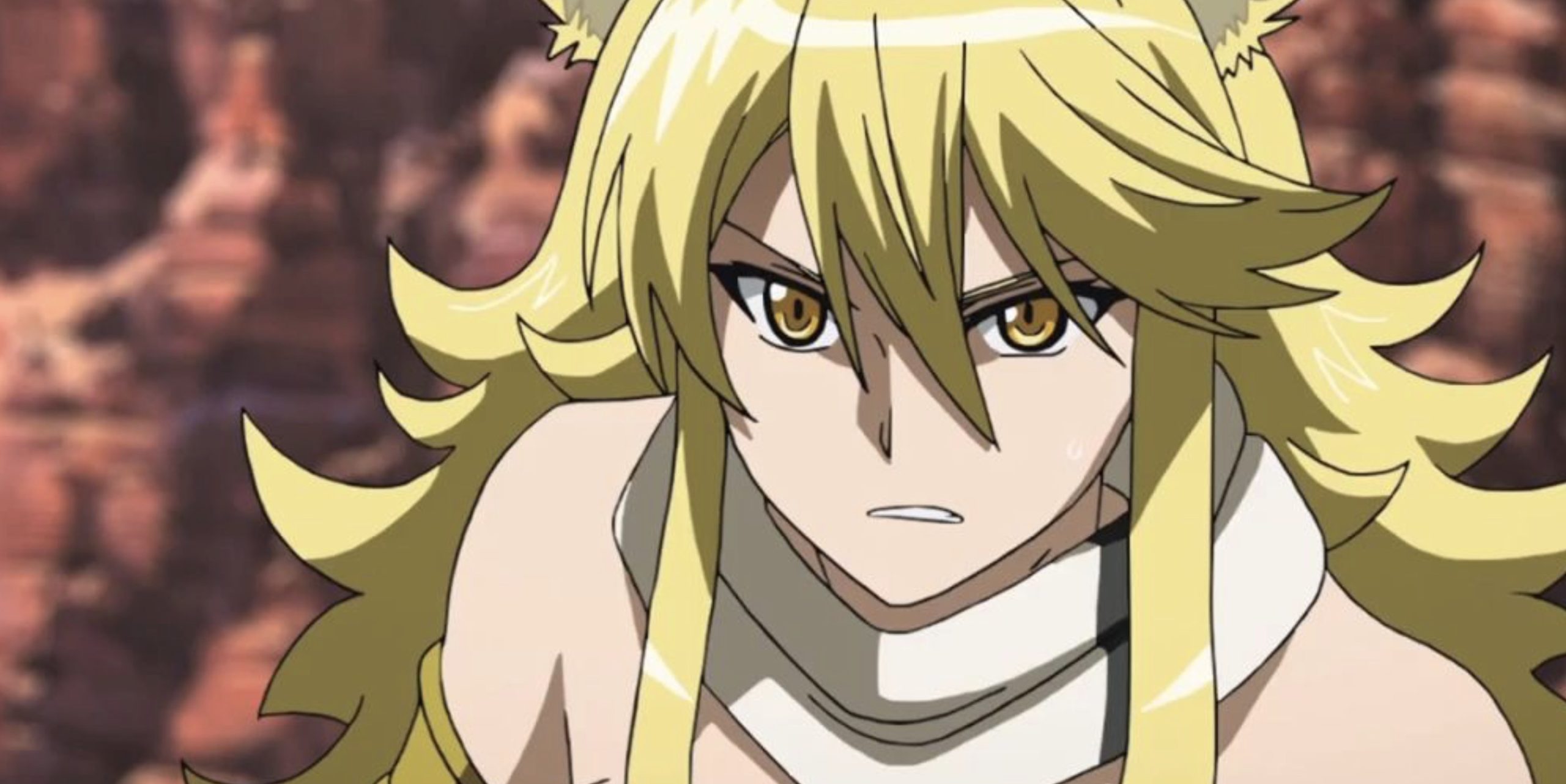
As her life ebbs away, the weight of her absence is keenly felt, stirring a poignant mix of sorrow and disbelief.
The aftermath of Leone’s death catalyzes the remaining members of the Night Raid, igniting a fierce determination to bring about the downfall of the corrupt regime. Her sacrifice becomes a rallying cry, galvanizing her comrades to press forward in their quest for justice.
Within the narrative of Akame Ga Kill!, her passing serves as a stark reminder of the unforgiving realities of their world, where even the most stalwart and beloved figures are not shielded from the specter of tragedy.
In the wake of Leone’s final moments, a sense of urgency pervades the actions of those left behind. Each step they take is imbued with a renewed purpose, fueled by the memory of their fallen comrade. T
Through her death, Leone leaves behind a legacy that transcends the bounds of mortality, inspiring others to carry on her fight with unwavering resolve.
23. Jonathan Joestar
Jonathan Joestar’s passing in JoJo’s Bizarre Adventure: Phantom Blood serves as a poignant reminder of life’s transience and the recurring motif of characters laying down their lives for the greater good. Throughout Jojo’s Bizarre Adventure,
Jonathan shoulders the weighty responsibility of shielding the world from his vampiric kin, particularly his adopted brother, Dio. His character epitomizes the enduring ethos of righteousness ingrained within the Joestar lineage.
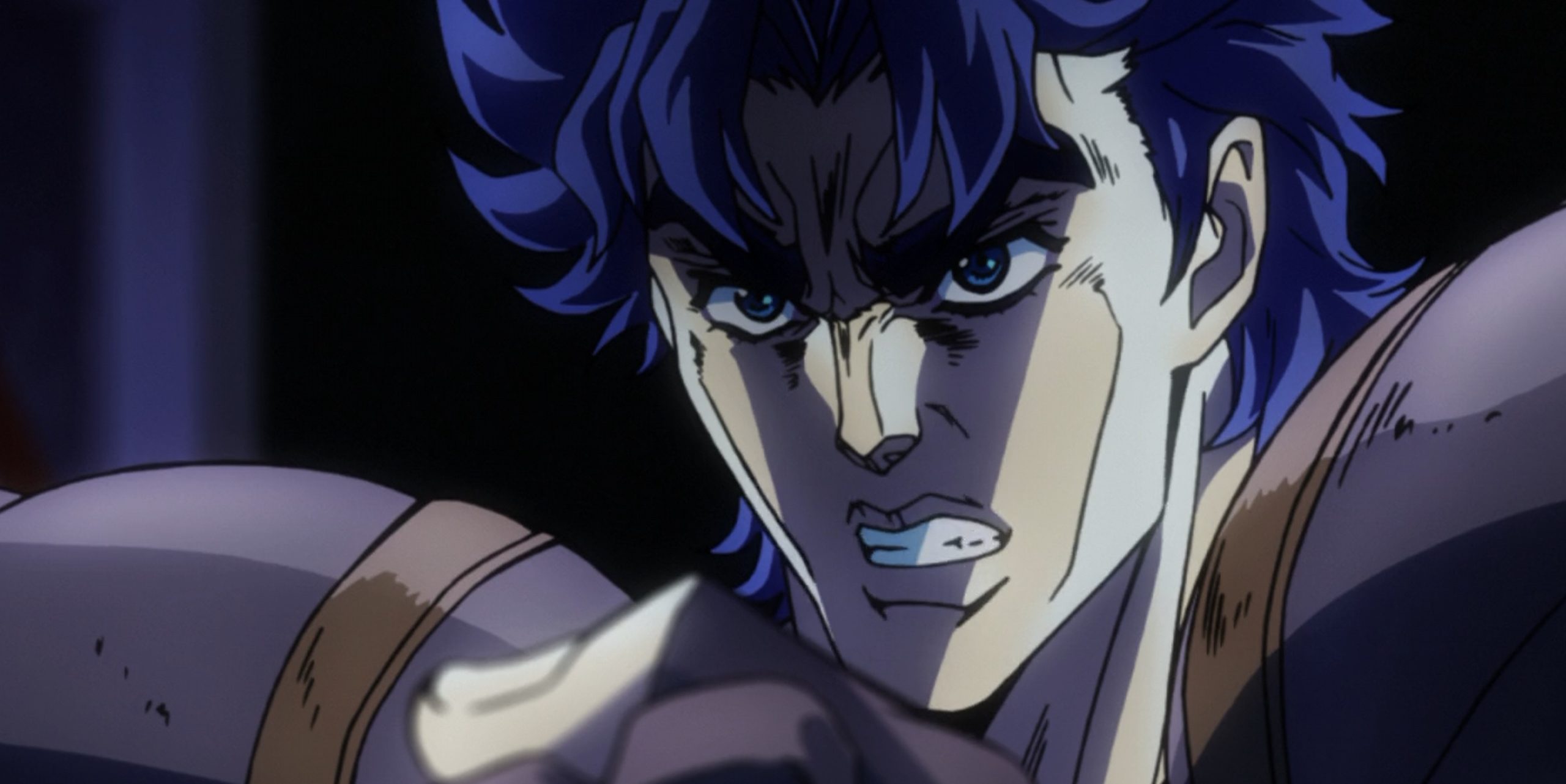
While Jonathan’s valorous deed ultimately leads to his demise, his selfless act to vanquish his malevolent foster sibling stands as a witness to his bravery and altruism in the face of insurmountable odds.
His willingness to make the ultimate sacrifice for the betterment of humanity marks a pivotal juncture in the series, evoking a blend of admiration and sorrow among viewers.
22. Askeladd
Askeladd stands as a figure of intricate depth within the narrative, embodying a morally ambiguous presence that evolves. Initially cast as a formidable antagonist, his role gradually shifts to that of a mentor to the story’s central protagonist, Thorfinn.
Through the proceeding of events, a richer understanding of Askeladd’s character emerges, along with the complexities of his relationship with Thorfinn.
In the climactic clash between Thorfinn and Askeladd, the layers of Askeladd’s persona are laid bare. He confronts his selfish motivations and acknowledges the pain he has inflicted upon Thorfinn.
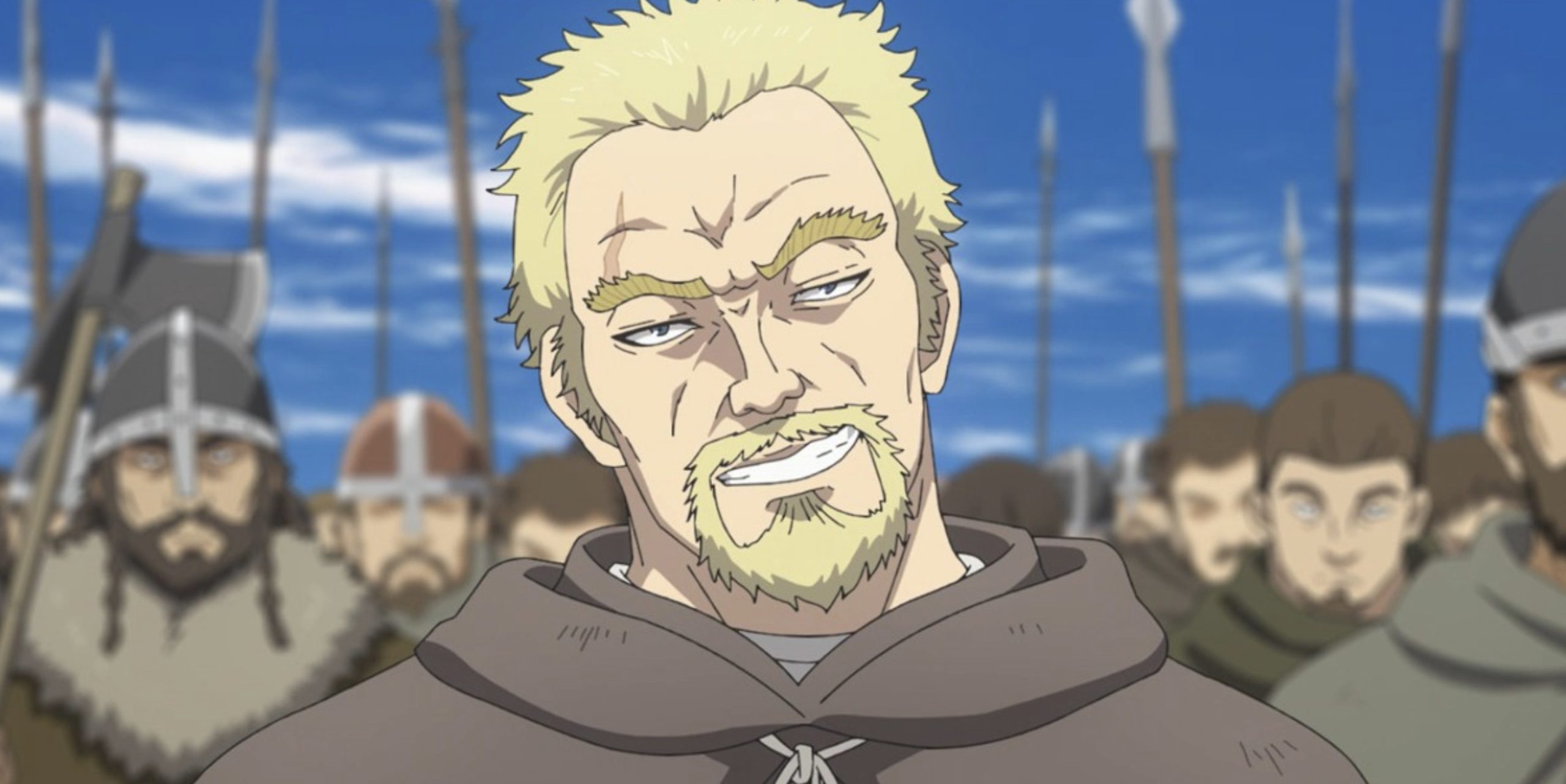
In a poignant moment of reckoning, he extends a hand of redemption, urging Thorfinn to seek a purpose beyond the narrow confines of vengeance.
The weight of Askeladd’s demise is deeply felt, marking the culmination of his intricate character arc and the poignant realization of his unfulfilled aspirations. His passing serves as a stark reminder of the destructive cycle of vengeance and the perpetual quest for meaning amidst a tumultuous world plagued by conflict.
The impact of Askeladd’s death reverberates profoundly, particularly within the heart of Thorfinn. Confronted by the stark consequences of his relentless pursuit of retribution, Thorfinn is forced to confront the deeper implications of his actions.
Through Askeladd’s final moments, Thorfinn grapples with the profound truth that vengeance alone cannot offer solace or resolution.
21. Himeno
Chainsaw Man is renowned for its gritty portrayal of violence and its willingness to dispatch characters with little remorse. Himeno, a devil hunter, bears witness to the grim reality of her profession as she grapples with the loss of her comrades in the line of duty. All she yearns for is a semblance of normalcy, a chance to savor life without the constant specter of death looming over her.
A poignant moment proceeds as Himeno is depicted standing amidst the solemnity of a graveyard, paying homage to one of her fallen partners. The weight of loss hangs heavy upon her shoulders, a somber reminder of the toll exacted by her perilous occupation.

Despite her hopes for a reprieve from further tragedy, Himeno finds solace in the companionship of formidable allies like Denji, Aki, and Power. Their camaraderie offers a glimmer of hope amidst the darkness, serving as a beacon of light in the face of adversity.
However, tragedy strikes once more as Himeno meets her untimely demise, leaving behind a void that reverberates throughout the narrative. Her bond with characters like Aki adds an additional layer of poignancy to her passing, accentuating the profound impact of her loss.
In a cruel twist of fate, Himeno’s death robs her of even the dignity of a proper farewell, leaving her comrades to grapple with the harsh reality of her absence. Her demise serves as a stark reminder of the unforgiving nature of their world, where death comes swiftly and without warning, leaving behind only memories and unfulfilled promises.
20. Itachi Uchiha
Itachi Uchiha stands as one of the most divisive figures in the Naruto. Despite being viewed through the lens of a cold-blooded killer, his unwavering love for his younger brother, Sasuke, remains a central theme that transcends the boundaries of his actions.
While his hands are stained with the blood of many, Itachi’s motivations are complex, rooted in a belief that his sacrifices were necessary for the greater good of Konoha village.
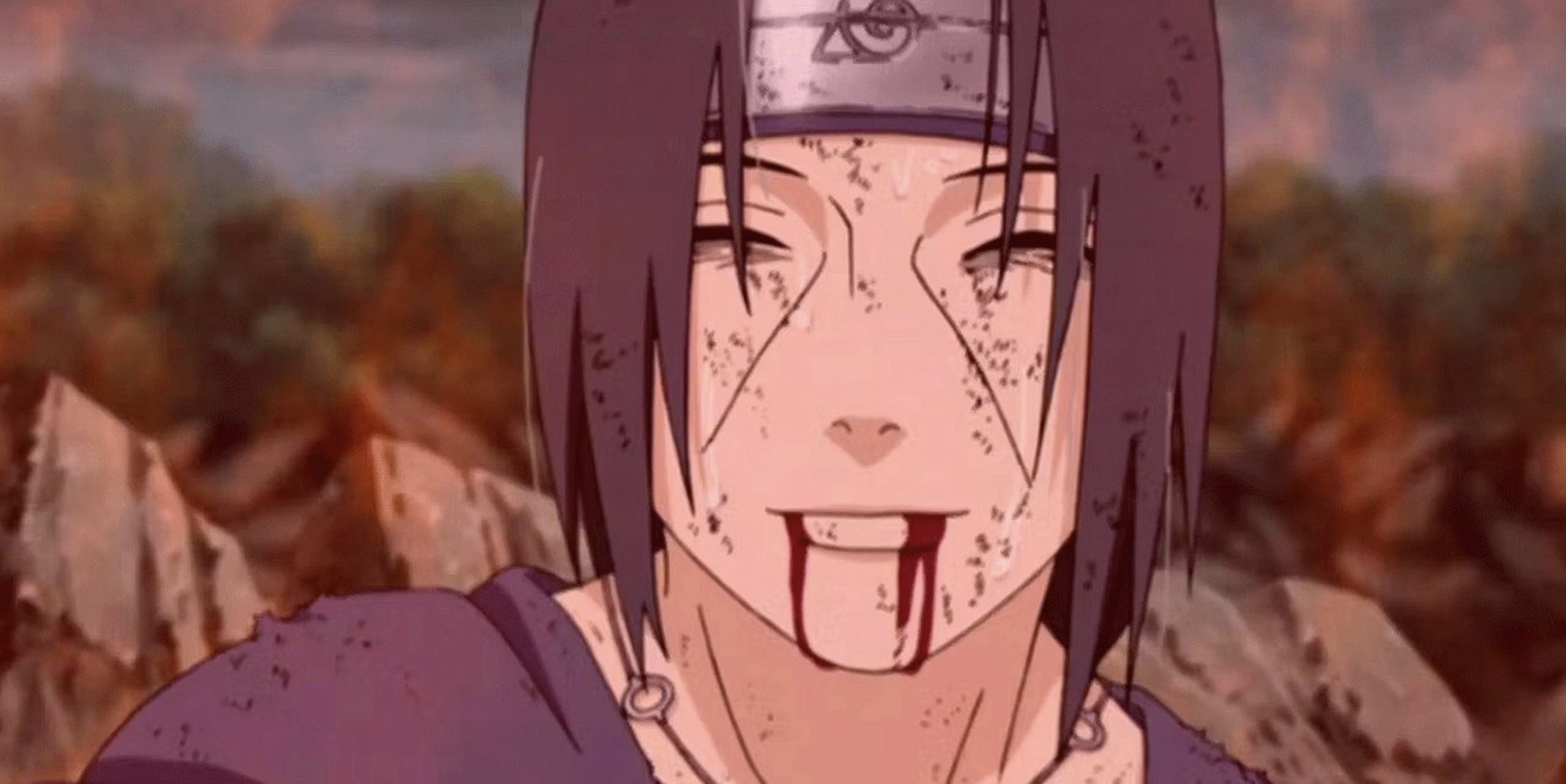
The poignancy of Itachi’s demise lies in the intricate layers of his character and the weight of his choices. Haunted by profound guilt, he bears the burden of sacrificing his own happiness and reputation to safeguard both his cherished ones and the village he holds dear.
His passing symbolizes the culmination of a lifelong struggle, a witness to the ultimate sacrifice he made in service of a greater cause.
Throughout his tumultuous journey, Itachi emerges as a fractured soul, driven by an unyielding devotion to his brother and a fervent desire for a peaceful Shinobi world.
His death serves as a somber reminder of the depths of human frailty and the complexities of morality in a world rife with conflict and ambiguity. Yet, even in death, Itachi’s legacy endures, a witness to the enduring power of love, sacrifice, and redemption in the face of adversity.
19. Light Yagami
The tale of Light Yagami proceeds as a cautionary narrative of hubris and downfall, wherein his fervent pursuit of justice becomes entangled with the very darkness he sought to eradicate.
Initially driven by a fervent desire to cleanse the its perceived vermin, Light descends into madness as he becomes ensnared in a high-stakes game of wits with the amazing detective, L.
As the story proceeds, Light’s descent into moral ambiguity becomes increasingly pronounced, culminating in a fate that evokes a sense of pity for both himself and those ensnared in the wake of his actions. His relentless pursuit of justice transforms into a battle of egos, ultimately consuming him in the flames of his own ambition.
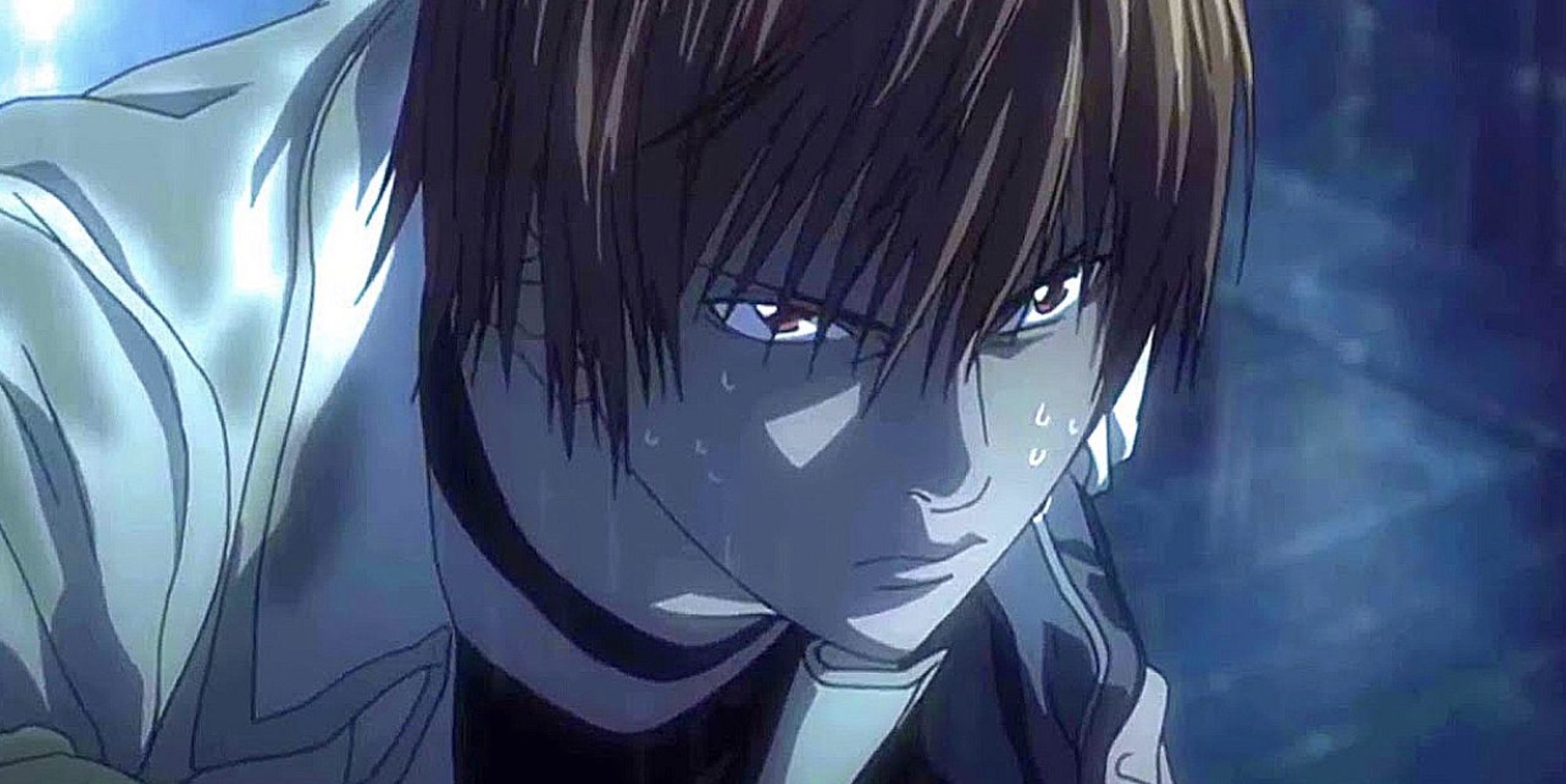
In the somber denouement of Light’s journey, one cannot help but contemplate the path he might have trodden had he never stumbled upon the ominous Death Note.
His cries for Misa and Takada in his final moments serve as a poignant reminder of the weight of his transgressions, offering a fleeting peek of remorse amidst the chaos he wrought.
Despite the inevitability of his demise, Light’s tragic end serves as a witness to the complexities of human nature and the perils of unchecked ambition. His story lingers in the minds of fans, prompting speculation on the potential outcomes had circumstances proceeded differently, underscoring the enduring allure of his character and the moral quandaries he embodies.
18. Ash Lynx
Ash’s harrowing journey in the face of unspeakable torment and brutality leaves him with a profound sense of despair, wherein he perceives a bleak existence devoid of anything but anguish and agony.
A beacon of light emerges in the form of Eiji, a newfound friend whose kindness and optimism offer Ash a glimmer of hope amidst the darkness.
Despite the scars of his past shaping him into a figure steeped in violence and conflict, Ash begins to envision a path towards redemption and liberation through his connection with Eiji.
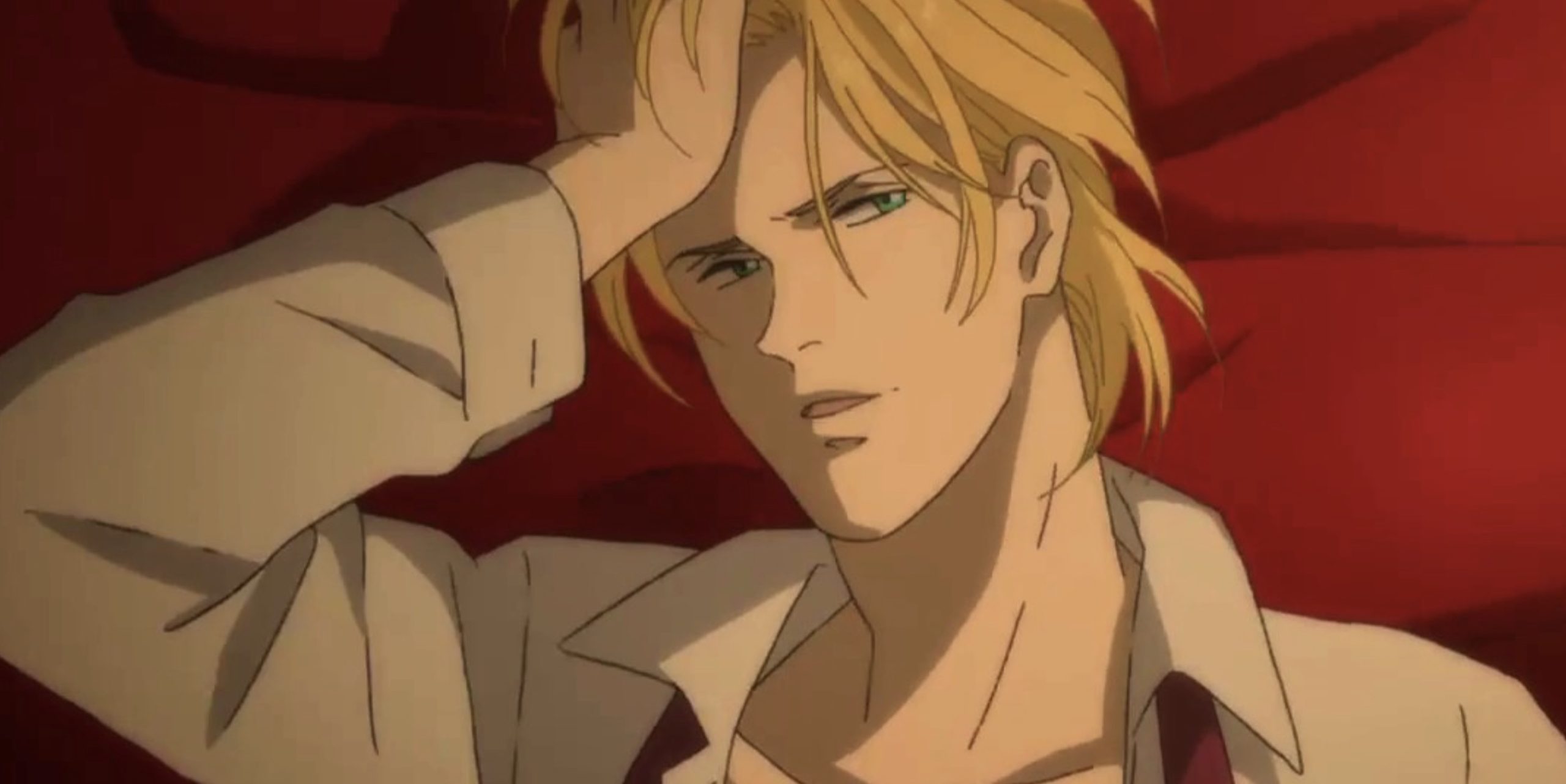
Their bond becomes a source of solace and inspiration, illuminating the possibility of a life beyond the cycle of pain and suffering that has defined Ash’s existence.
However, fate proves to be cruel as Ash’s aspirations for a brighter future are abruptly cut short in a senseless act of violence at the hands of a petty assailant. His untimely demise snuffs out the flicker of hope that Eiji had ignited within him, depriving Ash of the opportunity to embrace a life of normalcy and fulfillment.
In the tragic finality of Ash’s passing, the promise of a brighter tomorrow is extinguished, leaving behind a lingering sense of loss and unfulfilled potential. His death serves as a stark reminder of the fragility of hope in a world plagued by senseless cruelty and injustice, leaving those who knew him to grapple with the cruel irony of his fate.
17. Sasha Blouse
“Attack on Titan” stands as a gripping saga of conflict and defiance, where every moment brims with tension and the threat of gruesome demise. Amidst the chaos of war and the relentless onslaught of Titans, Sasha Blouse emerges as a beacon of resilience and compassion, her untimely death serving as a stark reminder of the merciless brutality of their world.
Sasha’s character is defined not only by her remarkable combat prowess but also by her unwavering kindness and empathy. It is this very compassion that ultimately leads to her tragic demise, as she falls victim to the very humanity she sought to spare in battle.
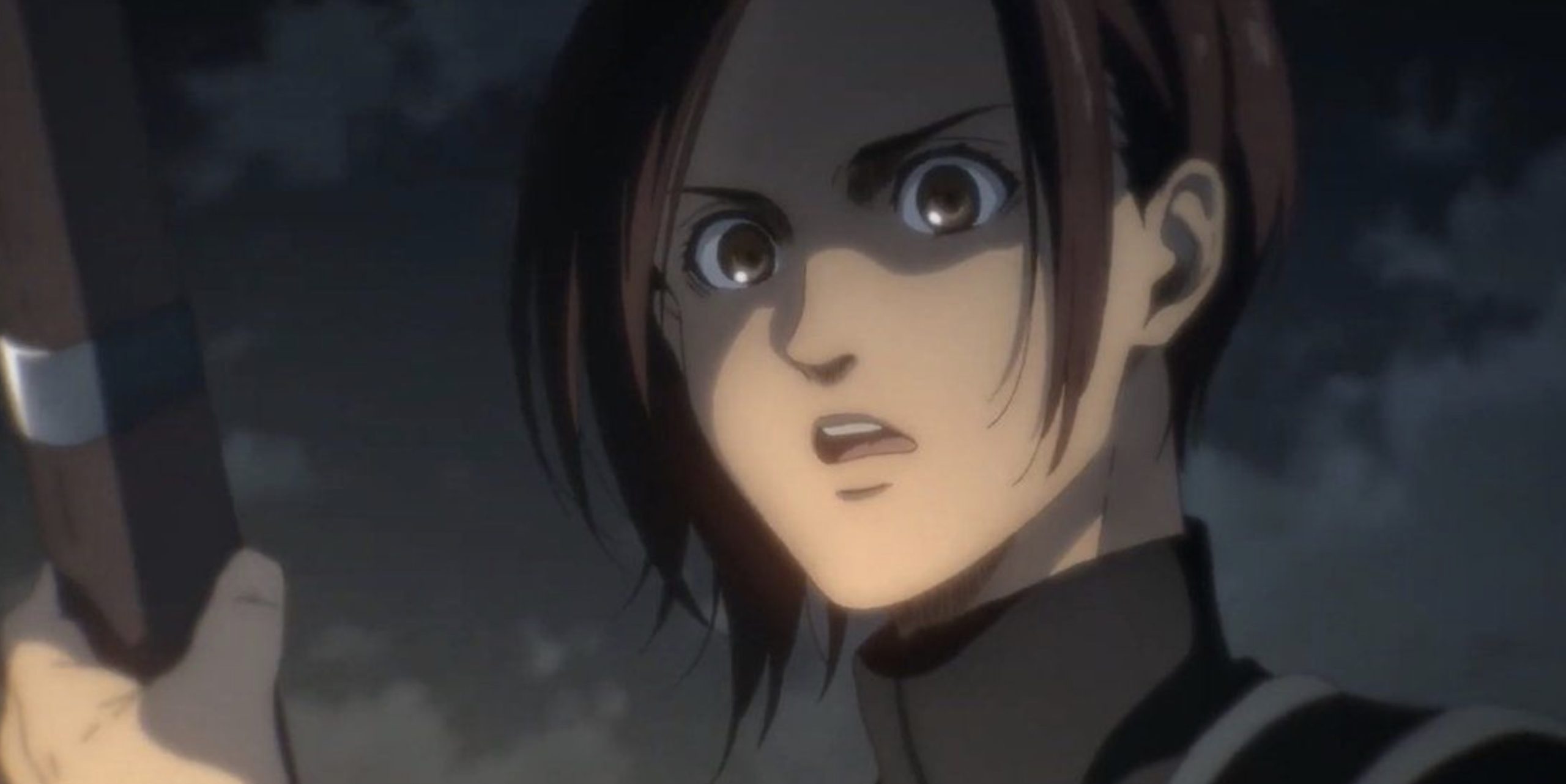
Her death strikes a devastating blow, coming at a time of fleeting celebration and camaraderie among comrades, catching both characters and viewers off guard with its unexpected and heartrending timing.
In the aftermath of Sasha’s passing, “Attack on Titan” confronts its audience with the harsh reality of war, where even the noblest of intentions can lead to tragic consequences. Her loss reverberates through the narrative, leaving a void that serves as a poignant reminder of the fragility of life amidst the relentless struggle for freedom.
Sasha Blouse’s death stands as a witness to the unpredictable nature of fate and the profound impact of compassion in a world fraught with peril. Her memory lives on as a symbol of courage and selflessness, a reminder to cherish every moment and embrace the fleeting beauty of life in the face of adversity.
16. Nina Tucker
The tragic demise of Nina Tucker in Full Metal Alchemist: Brotherhood stands as a harrowing moment that pierces the hearts of viewers. From a cheerful, innocent child, Nina is cruelly transformed into a chimera by the hands of her own father, a betrayal that shocks and enrages audiences.
Nina’s fate serves as a chilling indictment of the depths to which human depravity can sink. Her father’s insatiable thirst for knowledge leads him down a path devoid of empathy, resulting in the grotesque fate that befalls his daughter. In his reckless pursuit of power, he callously disregards the sanctity of human life, sacrificing Nina on the altar of his own ambition.
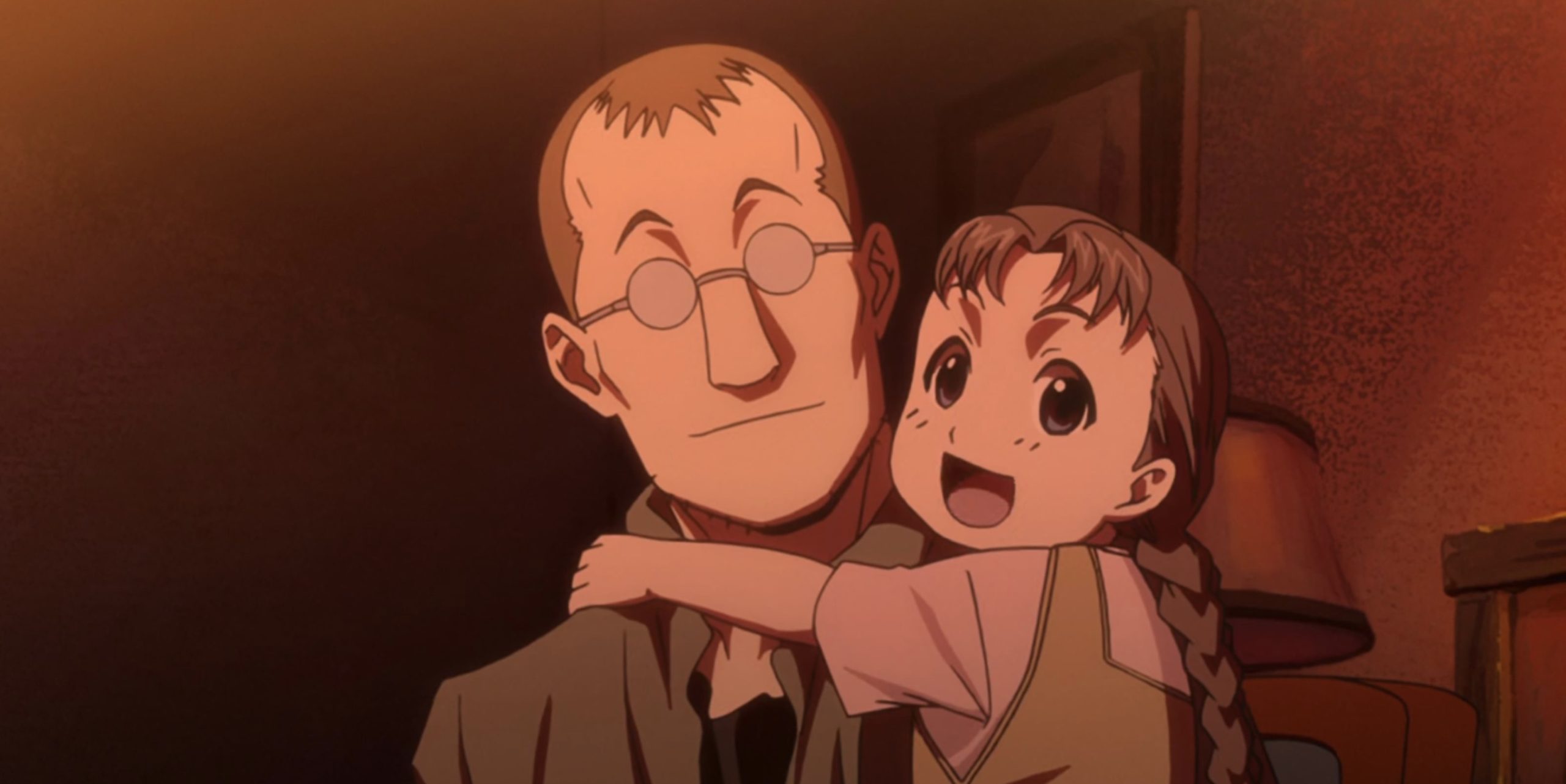
The repercussions of Nina’s death reverberate throughout the narrative, leaving a lasting impact on characters like the Elric brothers, who are haunted by the tragedy of her loss. Her untimely demise casts a dark shadow over the series, serving as a stark reminder of the moral perils that lurk beneath the surface of human ambition.
In the wake of Nina’s death, Full Metal Alchemist: Brotherhood confronts viewers with the chilling reality of unchecked greed and ambition, urging them to reflect on the cost of sacrificing one’s humanity in pursuit of power. Nina’s story stands as a poignant cautionary tale, a somber witness to the enduring consequences of forsaking morality in the relentless pursuit of knowledge.
15. Kaori
“Your Lie in April” centers around the tumultuous journey of Kosei Arima, a once-promising pianist whose world fell silent after the loss of his mother. Into his monochrome existence bursts Kaori, a vibrant and talented violinist whose effervescent spirit reignites Kosei’s passion for music. Their bond deepens as Kaori helps Kosei explore the symphony of life, filling his days with color and melody.
Yet, beneath the harmonious facade lies a poignant truth: Kaori is battling a terminal illness, casting a shadow of impermanence over their budding relationship. As Kaori’s health declines, their shared moments take on a bittersweet hue, each melody echoing with the poignancy of their limited time together.
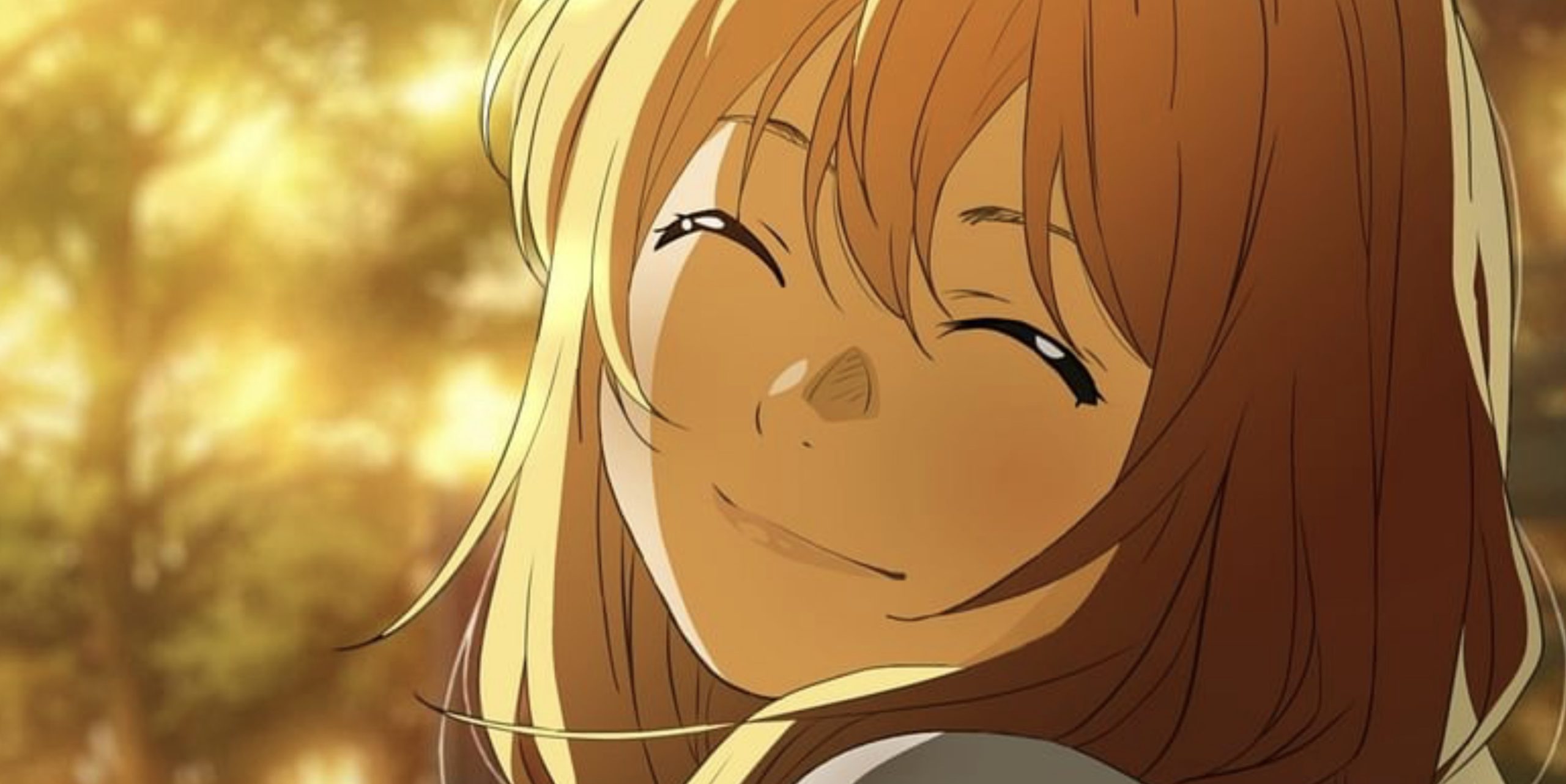
In the series’ climactic finale, Kaori’s fragile existence reaches its inevitable end, leaving Kosei bereft and adrift in a sea of sorrow. Her passing marks the crescendo of their musical odyssey, a poignant reminder of the fleeting nature of life and the fragile beauty of human connection.
The heartrending finale of “Your Lie in April” serves as a sobering meditation on the ephemerality of existence and the profound impact of love and loss. Kaori’s death reverberates through the narrative, leaving an indelible imprint on Kosei’s heart and underscoring the delicate balance between joy and sorrow that defines the human experience.
14. Isla
“Plastic Memories” intricately weaves a tale of love and loss through the poignant relationship between Tsukasa and Isla. The looming specter of Isla’s impending demise casts a perpetual shadow over their blossoming connection, infusing their moments together with a palpable sense of melancholy.
Despite the illusion of endless time at their disposal, Tsukasa and Isla explore their relationship with a poignant awareness of its inevitable end, crafting bittersweet memories and forging a profound bond in the process.

The series proceeds as a tender exploration of the transient nature of life and love, with each fleeting moment shared between Tsukasa and Isla carrying the weight of impending farewell.
Isla’s quiet acceptance of the fleeting nature of their time together serves as a poignant reminder of the preciousness of each passing moment, raising even the simplest of interactions to moments of profound significance.
The emotional crescendo of their journey culminates in a heartrending farewell atop a Ferris wheel, where Tsukasa and Isla confront the reality of their separation with a raw honesty that resonates deeply with viewers.
Their farewell covers the core of their relationship: a delicate balance between joy and sorrow, hope and resignation.
“Plastic Memories” proceeds as a slow burn towards its predetermined end, each episode serving to deepen the emotional resonance of the inevitable parting that looms on the horizon. In the end, the series leaves an indelible mark on the hearts of its audience, a witness to the enduring power of love in the face of life’s fleeting impermanence.
13. Erwin Smith
Erwin Smith’s demise in Attack on Titan stands as one of the most poignant moments in the series, leaving a profound impact on both the narrative and the hearts of viewers. As the esteemed commander of the Survey Corps, Erwin’s strategic brilliance and unwavering resolve made him a central figure in the fight against the Titans.
During the fateful Battle of Shiganshina, Erwin’s leadership is put to the ultimate test as he leads a daring charge against the formidable Beast Titan. In a selfless act of sacrifice, he lays down his life to provide his comrades with a chance to secure victory and safeguard humanity within the Walls.
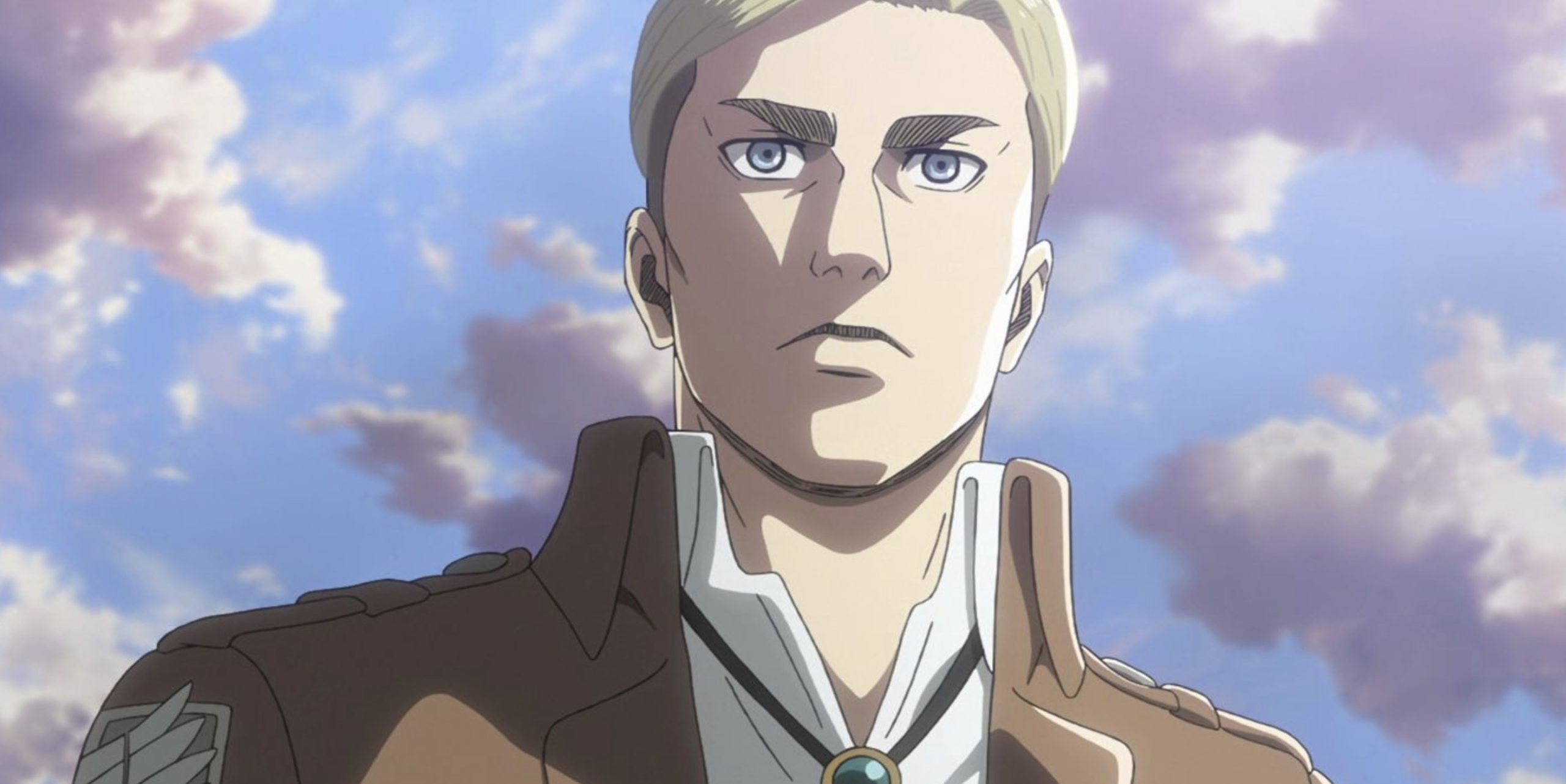
Erwin’s death resonates deeply with audiences due to the significance of his character and the sacrifices he made for the greater good. His final moments serve as a poignant reminder of the immense burden borne by leaders like him and the unwavering dedication to humanity’s survival that defined his character.
The scene of Erwin’s passing underscores the weight of his legacy and the profound impact of his leadership on those he commanded. His sacrifice becomes a symbol of hope and inspiration for his comrades, motivating them to continue the fight against the Titans with renewed determination and resolve.
In the end, Erwin Smith’s death serves as a witness to the selflessness and courage of those who dedicate their lives to the defense of humanity, leaving behind a legacy that will be remembered for generations to come.
12. Kamina
Kamina, the indomitable leader of Team Gurren, stands as a beacon of courage and inspiration in the face of adversity. His unwavering determination and charismatic spirit serve as a driving force for the other characters, especially the protagonist, Simon. Kamina’s selfless sacrifice during a battle against the formidable foe, Viral, exemplifies his bravery and unwavering resolve.
The loss of Kamina reverberates throughout the series, leaving an indelible mark on his comrades and propelling them into uncharted territory. In the wake of his death, the remaining characters, notably Simon, are forced to confront their own limitations and step into leadership roles they never imagined.
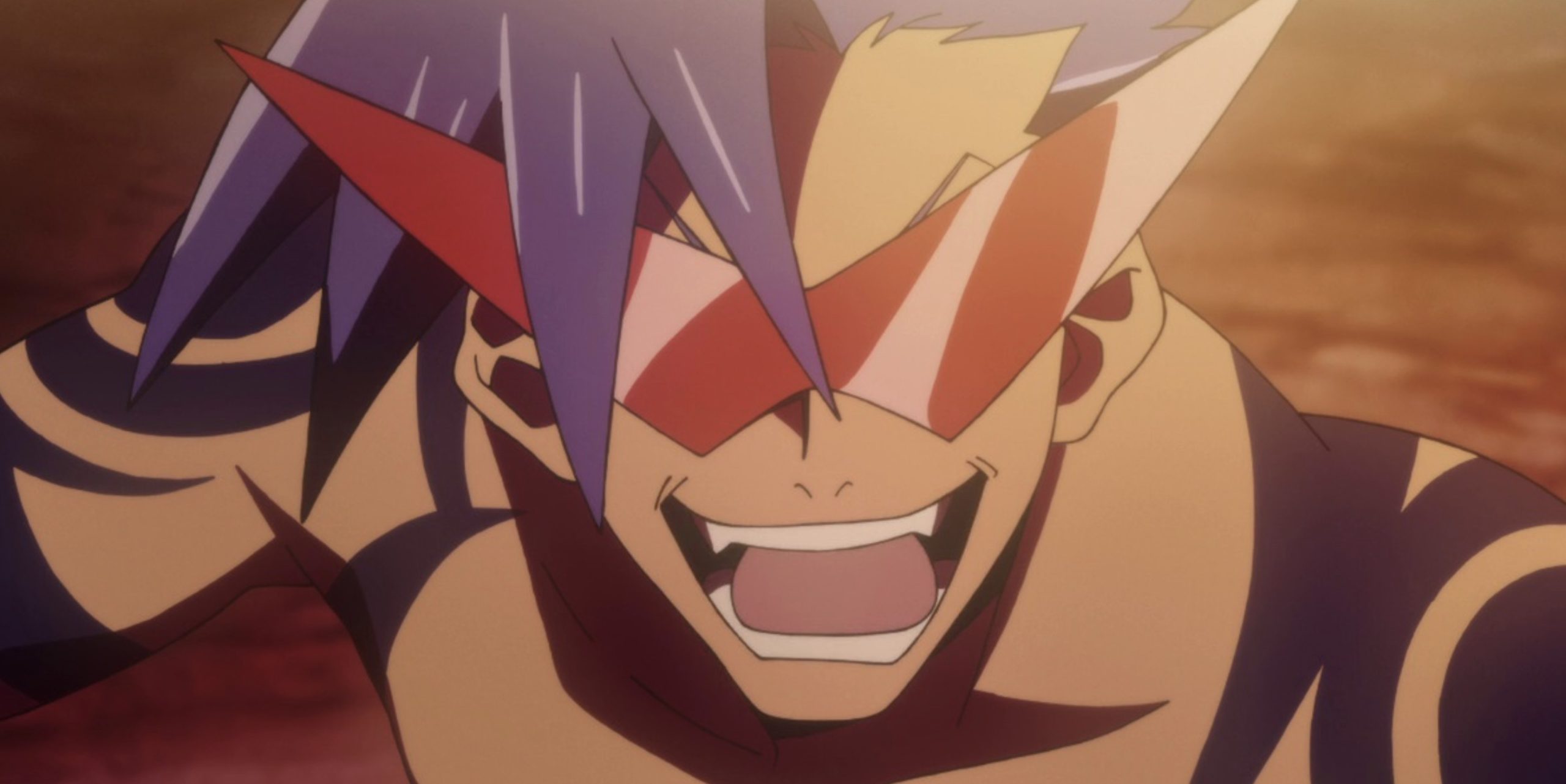
Kamina’s passing serves as a pivotal moment in the narrative, catalyzing significant growth and development among the characters. His memory becomes a guiding light, inspiring them to push beyond their boundaries and strive for greatness in his honor.
Despite his absence, Kamina’s legacy lives on, his teachings and example continuing to influence the actions and decisions of those he left behind. His tragic death serves as a poignant reminder of the sacrifices made in the pursuit of freedom and justice, and his memory serves as a source of strength and inspiration for generations to come.
11. Kite
Kite’s tragic demise in Hunter x Hunter reverberates throughout the series, leaving a profound emotional impact on both the characters and the audience.
As a pivotal figure in the Chimera Ants arc, Kite serves as a mentor to the main character, Gon Freecss, imparting wisdom and guidance as they explore the dangerous hunters.
The sudden and brutal nature of Kite’s death adds to its heart-wrenching impact, occurring amidst a perilous battle against the Chimera Ants. His passing leaves Gon devastated, igniting within him a burning desire for revenge and propelling him onto a tumultuous emotional journey.
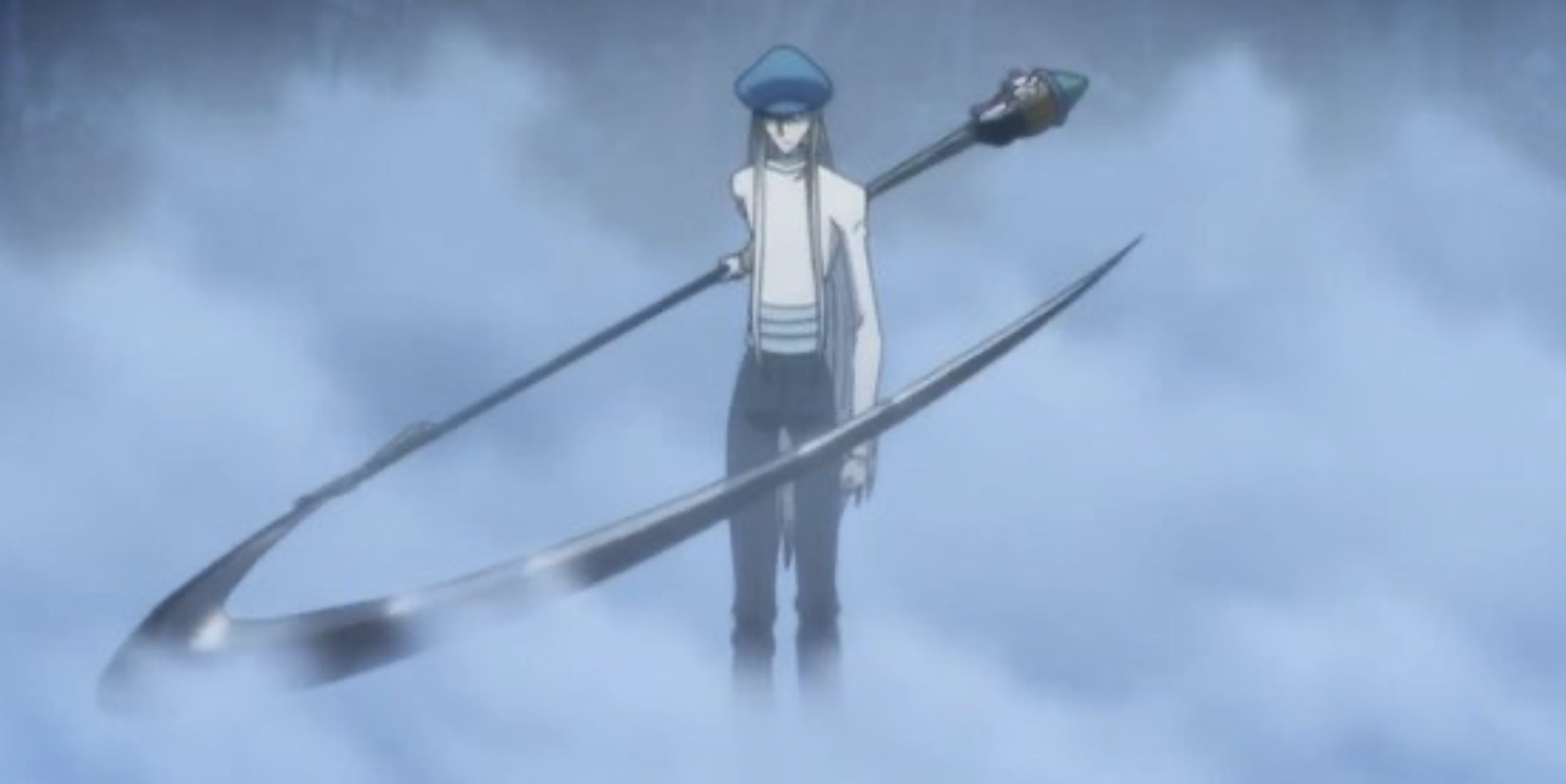
The significance of Kite’s death resonates far beyond the confines of the story, its profound impact serving as one of the most memorable and saddening moments in the series.
Through his demise, Hunter x Hunter explores themes of loss, grief, and the indomitable human spirit, compelling viewers to confront the harsh realities of mortality and the enduring bonds forged in the crucible of adversity.
Kite’s death stands as a poignant reminder of the fragility of life and the transformative power of loss, leaving an indelible mark on the hearts of both characters and fans alike. His legacy lives on in the memories of those he touched, a witness to the enduring impact of his mentorship and the unwavering resolve of those he inspired.
10. Kyoko Honda
Kyoko, the beloved mother of the protagonist Tohru, occupies a central role in the narrative of Fruits Basket, her passing casting a profound shadow over the lives of those she touched.
Tragically taken in a car accident, her death leaves Tohru reeling, grappling with the overwhelming weight of loss and the daunting prospect of exploring life without her guiding presence.
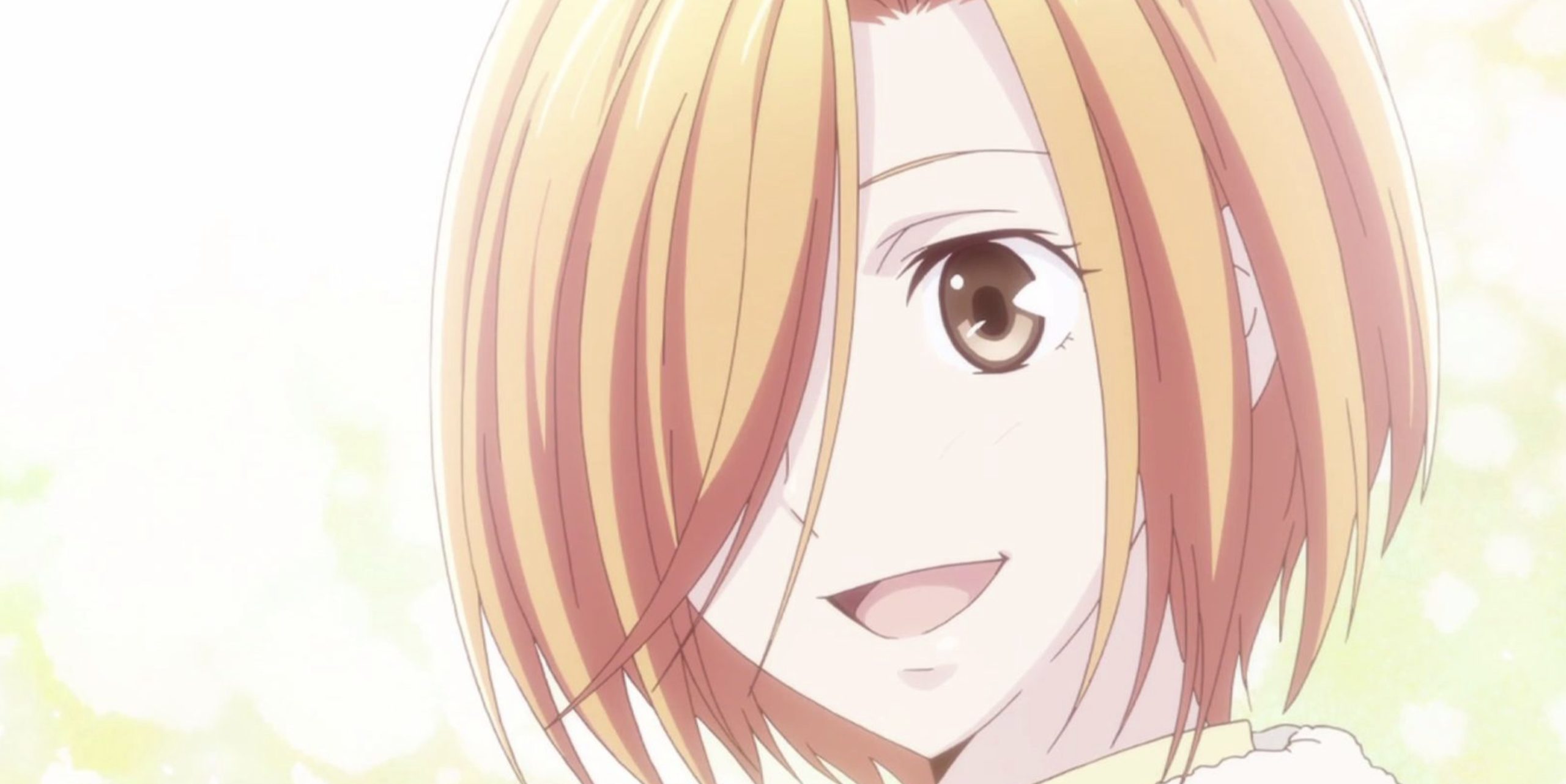
The scene depicting Kyoko’s final moments is a heart-wrenching portrayal of a mother’s anguish and fear, as she confronts the inevitability of her own mortality and the prospect of leaving her cherished child behind.
It is a poignant reminder of the fragility of life and the profound bond between parent and child, evoking a raw and visceral response from viewers as they bear witness to the devastating impact of loss.
What sets Kyoko’s death apart is the warmth and affection she exuded, her love serving as a guiding light in Tohru’s life. Her absence reverberates through the narrative, leaving a void that is keenly felt by both characters and audience alike.
Kyoko’s passing stands as a witness to the enduring power of love and its ability to transcend even the boundaries of life and death.
Widely regarded as one of the saddest deaths in anime, Kyoko Honda’s demise in Fruits Basket resonates deeply with fans, its significance to the story and the depth of the character’s relationships leaving an indelible mark on the hearts of viewers. Through her death, Kyoko’s legacy endures, a poignant reminder of the enduring bond between parent and child and the profound impact of love on the human experience.
9. Kyojuro Rengoku
The passing of the Flame Hashira stands as one of the most heart-wrenching moments in Demon Slayer, evoking a profound sense of sorrow among fans. Despite the perilous nature of a demon slayer’s duty, viewers often cling to hope for the safety of their beloved characters.
However, Rengoku meets his end aboard the Mugen Train, bringing a noble end to the journey of a formidable warrior.
As Rengoku valiantly confronts Akaza, an upper-rank demon, he makes a final stand against the forces of darkness. In his courageous attempt to strike down his adversary, he ultimately succumbs to his injuries, while his assailant flees the scene. The injustice of his killer evading justice by eluding Rengoku’s grasp only adds to the tragedy of his demise.
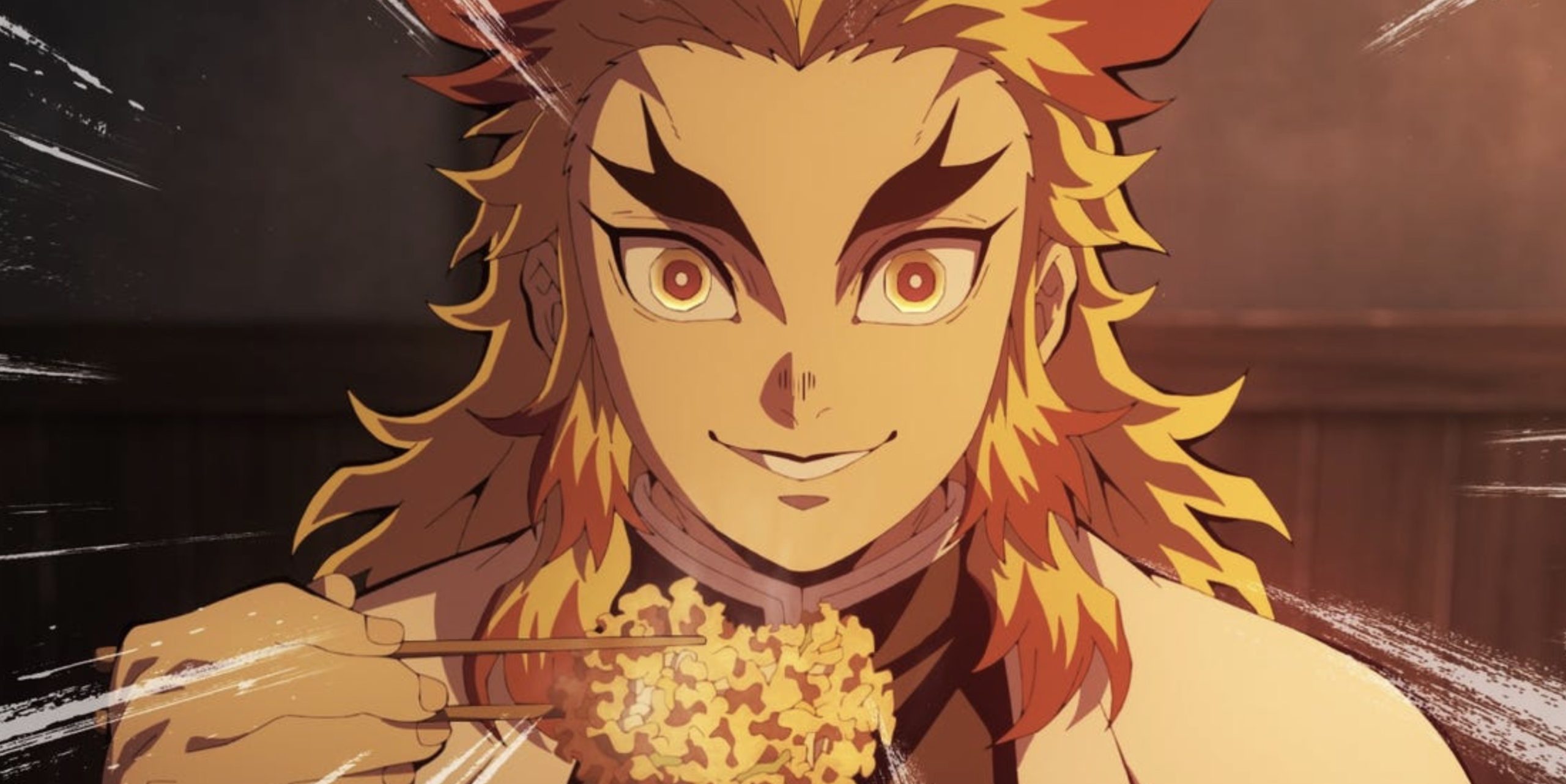
In his final moments, viewers catch a peek of Rengoku’s inner turmoil and the strained relationship he shared with his father, further deepening the poignancy of his passing.
His unwavering dedication to his duty and the noble ideals he embodied serve as a witness to his character, leaving a lasting impact on the narrative and the hearts of fans.
As Demon Slayer’s narrative proceeds, many characters meet tragic ends, each death leaving its mark on the story. Yet, Rengoku’s demise stands out as a poignant reminder of the sacrifices made in the eternal struggle between light and darkness.
Though his flame may have been extinguished, his legacy burns brightly, inspiring future generations to uphold the principles of honor, courage, and selflessness.
8. Escanor
Escanor, the lion’s sin of pride, stands as one of the most formidable figures in the Seven Deadly Sins. Renowned for his unwavering pride and unparalleled strength, he faced every battle with unyielding courage, refusing to retreat in the face of adversity.
In a final act of selflessness, Escanor sacrificed his own life force to bolster his power, ensuring he could protect his friends until the very end.
Despite his formidable prowess, Escanor’s fate was sealed, and as the deadly sins emerged victorious against their enemies, he began to fade away, his life force spent.
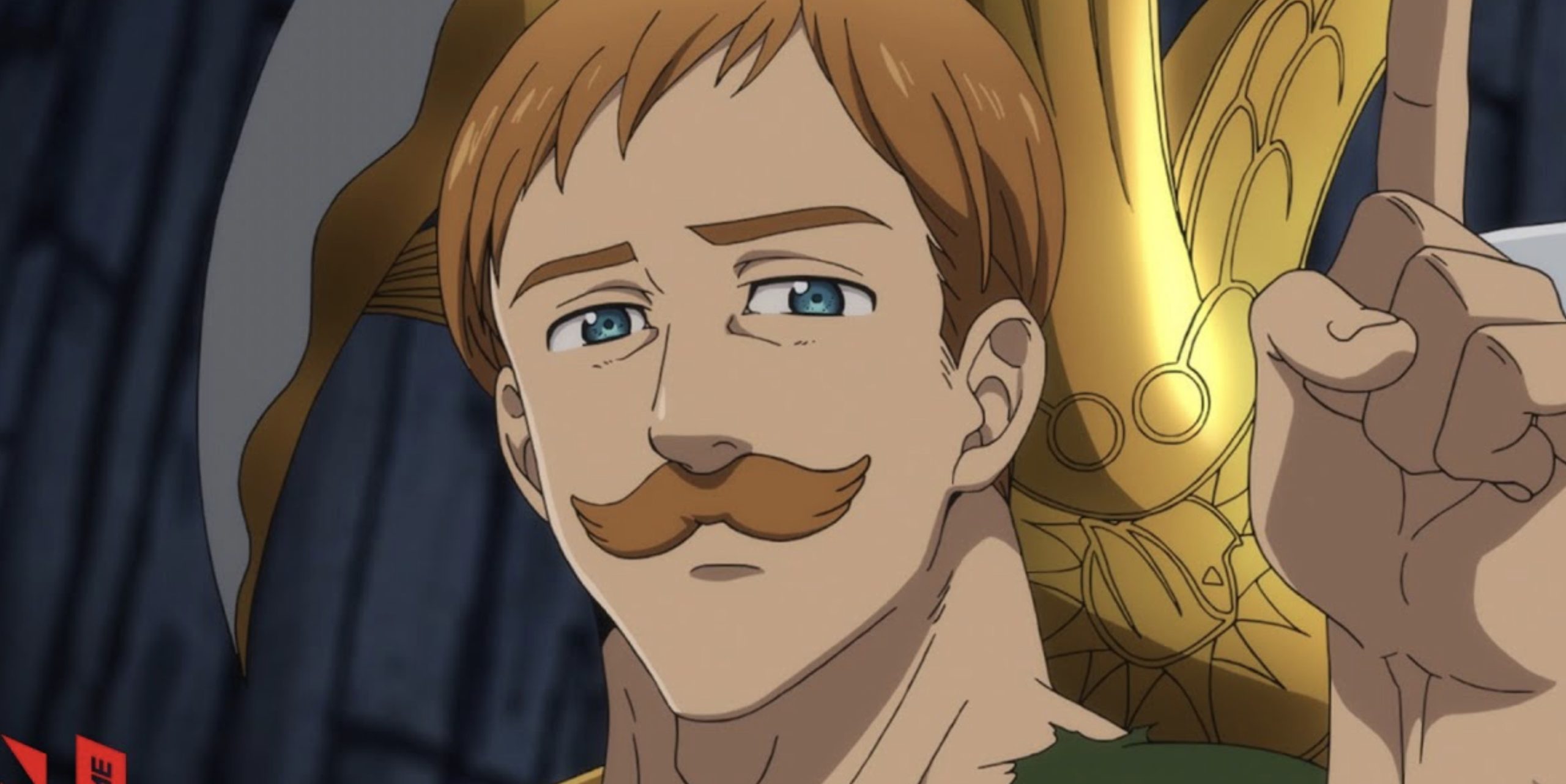
In his final moments, Merlin, his comrade and confidante, bestowed upon him a tender farewell, their bond transcending the boundaries of mortality.
Escanor’s presence in the second season of the anime series may have initially belied his true strength, as he appeared frail and feeble.
However, his true core soon revealed itself, showcasing him as the most amazing and powerful character in the show. His valiant efforts to safeguard his friends, even in the knowledge of his impending demise, serve as a witness to the heroic spirit that defined him during the Holy War.
In the end, Escanor’s legacy endures as a shining beacon of courage and selflessness, his sacrifice a reminder of the true core of heroism. Though he may have faded into the annals of history, his indomitable spirit lives on in the hearts of those he touched, forever immortalized as a true champion of justice and valor.
7. Kozuki Oden
Kozuki Oden’s death in One Piece ranks among the most heart-wrenching moments in the series, marked by its agonizing and prolonged nature. Unlike many deaths in anime, Oden’s demise was not swift or merciful; instead, he faced the cruel fate of being boiled alive for an excruciating hour. This method of execution inflicts a level of brutality and emotional weight that resonates deeply with viewers.
The extended torture endured by Oden serves to amplify the tragedy of his death, casting a somber shadow over the narrative. His passing becomes a catalyst for the proceeding war in Wano, setting the stage for the dramatic events that follow.
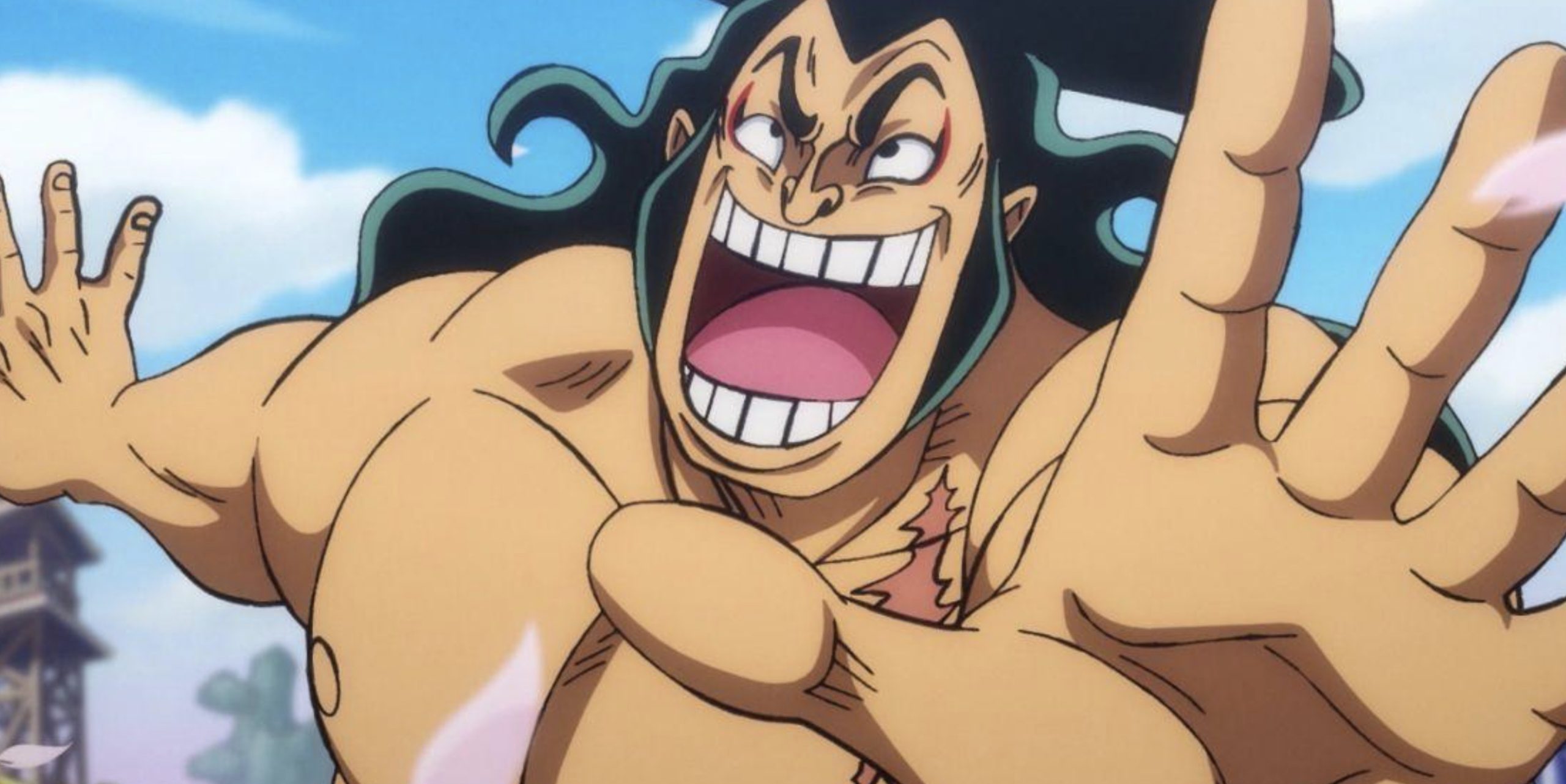
Additionally, the realization that Oden had so much left to live for—his wife, children, and the future of his country—adds to the profound sense of loss felt by fans.
Furthermore, Oden’s unfulfilled dreams, particularly his desire to open the borders of Wano, serve as a poignant reminder of the potential that was extinguished with his passing. His death not only robs him of the chance to see his aspirations come to fruition but also leaves a void in the hearts of those who admired and loved him.
In the end, Kozuki Oden’s death in One Piece transcends mere tragedy; it becomes a symbol of sacrifice, courage, and the relentless pursuit of freedom. His legacy lives on in the hearts of his allies and the people of Wano, serving as a witness to the enduring impact of his indomitable spirit and unwavering resolve.
6. Obito Uchiha
“Naruto” stands as a quintessential shonen masterpiece, weaving a emotions and darkness within the tumultuous the Shinobi. Renowned as one of the greatest anime of all time, its compelling characters and emotionally impactful deaths leave an indelible mark on viewers.
Obito, the mastermind behind the cataclysmic events that precipitated Naruto’s Fourth Great Ninja War, emerges as a central figure in the series’ narrative. Driven by a desire to create a peaceful Shinobi world, Obito allies himself with Madara Uchiha to enact his grand vision through the Infinite Tsukuyomi.
Despite his role as an antagonist, Obito elicits sympathy from viewers due to the complexity of his character and the tragic path that led him down the road of villainy.
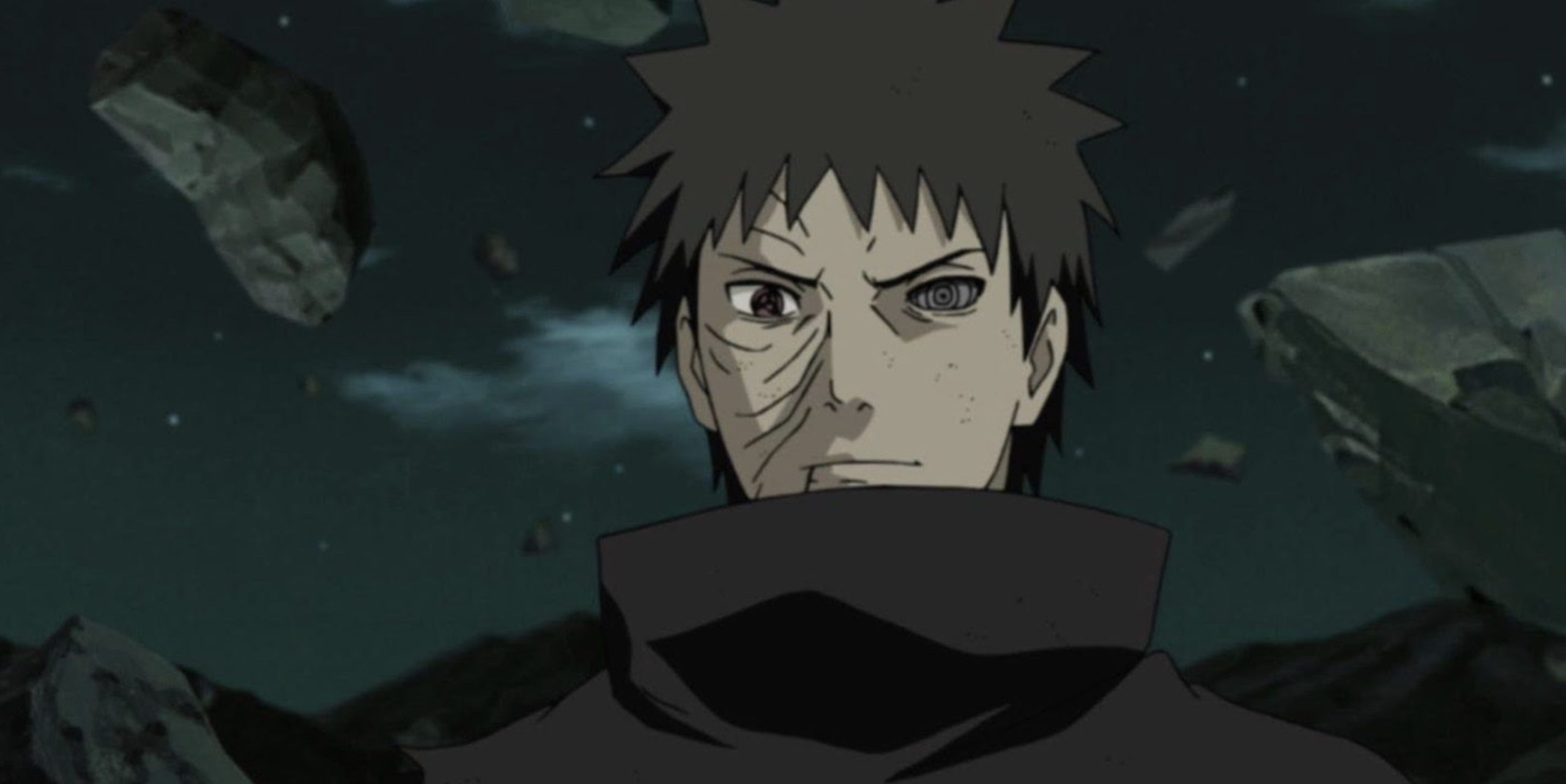
Once a close friend and admirer of Kakashi, Obito’s descent into darkness is catalyzed by the traumatic loss of Rin. His backstory and struggle for redemption evoke feelings of empathy and sorrow, adding layers of depth to his character.
In the culmination of his journey, Obito’s death serves as a poignant moment of catharsis, eliciting a mixture of sympathy and sadness from audiences.
His demise symbolizes the ultimate redemption for a character who walked a rocky path, reminding viewers of the inherent complexity of human nature and the enduring power of redemption.
In the end, Obito Uchiha’s death stands as a witness to the profound impact of his character on the series, leaving behind a legacy that resonates with themes of tragedy, redemption, and the enduring pursuit of peace in a world ravaged by conflict.
5. Koro-Sensei
Koro-sensei, the “Unkillable Teacher,” stands out in Assassination Classroom with his unique appearance and profound impact on his students.
Despite his tentacled form, he becomes much more than just an educator to Class 3-E, guiding them not only in academics but also in personal growth and life lessons. However, the students are faced with the daunting task of assassinating their beloved teacher after discovering his weakness.
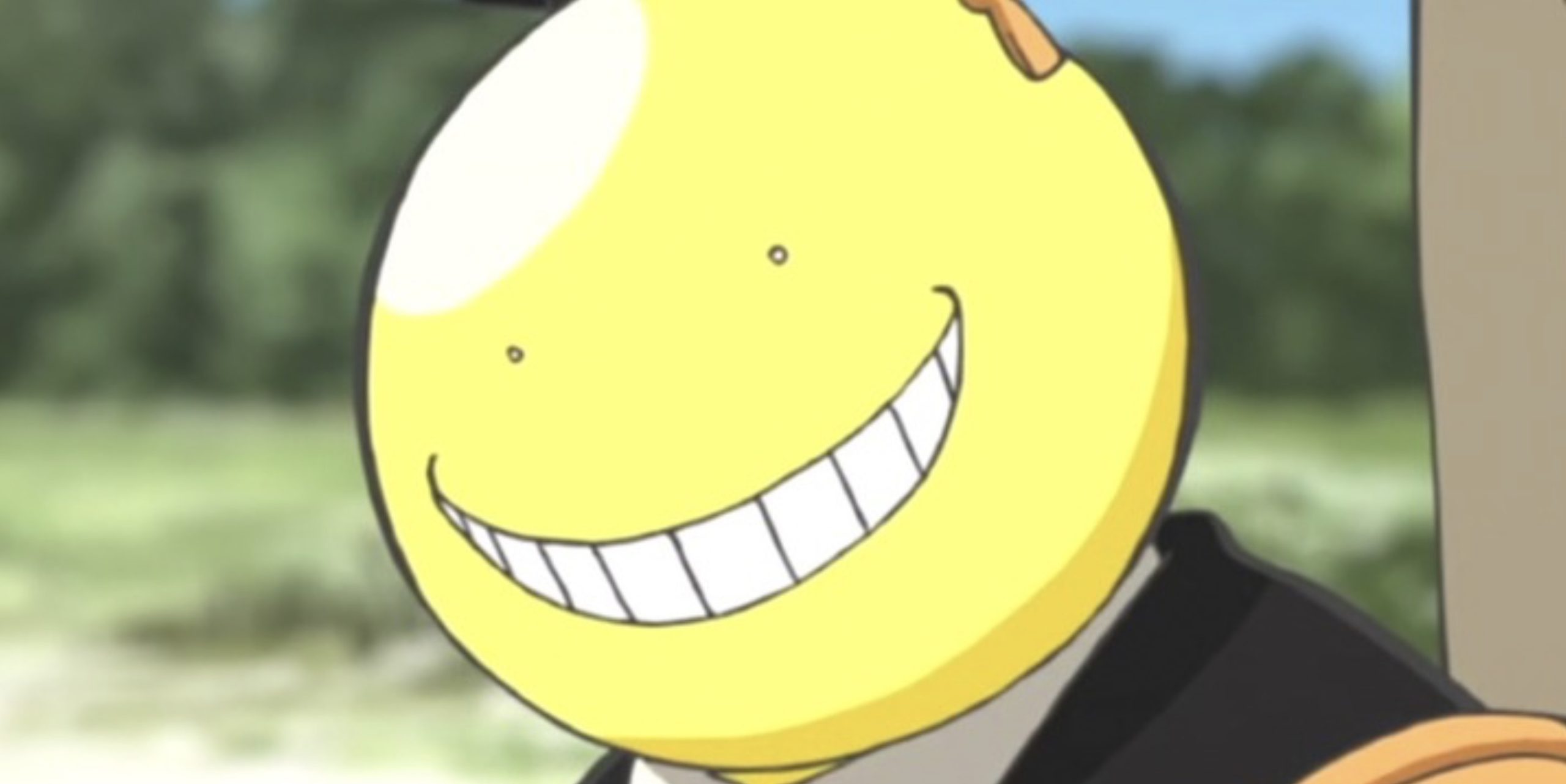
In the heart-wrenching climax of Assassination Classroom, the students confront Koro-sensei to fulfill their mission, and he accepts his fate with grace.
His tragic death serves as a poignant reminder of the deep emotional connection he shared with his students, emphasizing the importance of cherishing relationships even in the face of adversity.
The scene is laden with sorrow as the characters grapple with their loss, yet they find solace in the invaluable lessons and memories they shared with their mentor and friend.
4. Portgas D. Ace
Portgas D. Ace, son of the legendary Gol D. Roger, symbolizes a lineage steeped in piracy and defiance. Branded as a pariah by the Navy due to his lineage, Ace faces a public execution reminiscent of his father’s fate.
In a dramatic turn of events, a legion of pirates rallies to his aid, igniting a fierce battle to save one of Whitebeard’s cherished sons.
Despite the valiant efforts of his comrades, Ace’s destiny takes a tragic turn as he sacrifices himself to protect his brother, Monkey D. Luffy. The sudden loss of Ace shocks fans, who had hoped for his continued presence and speculated on his potential role in unraveling the mysteries surrounding the “D” name.
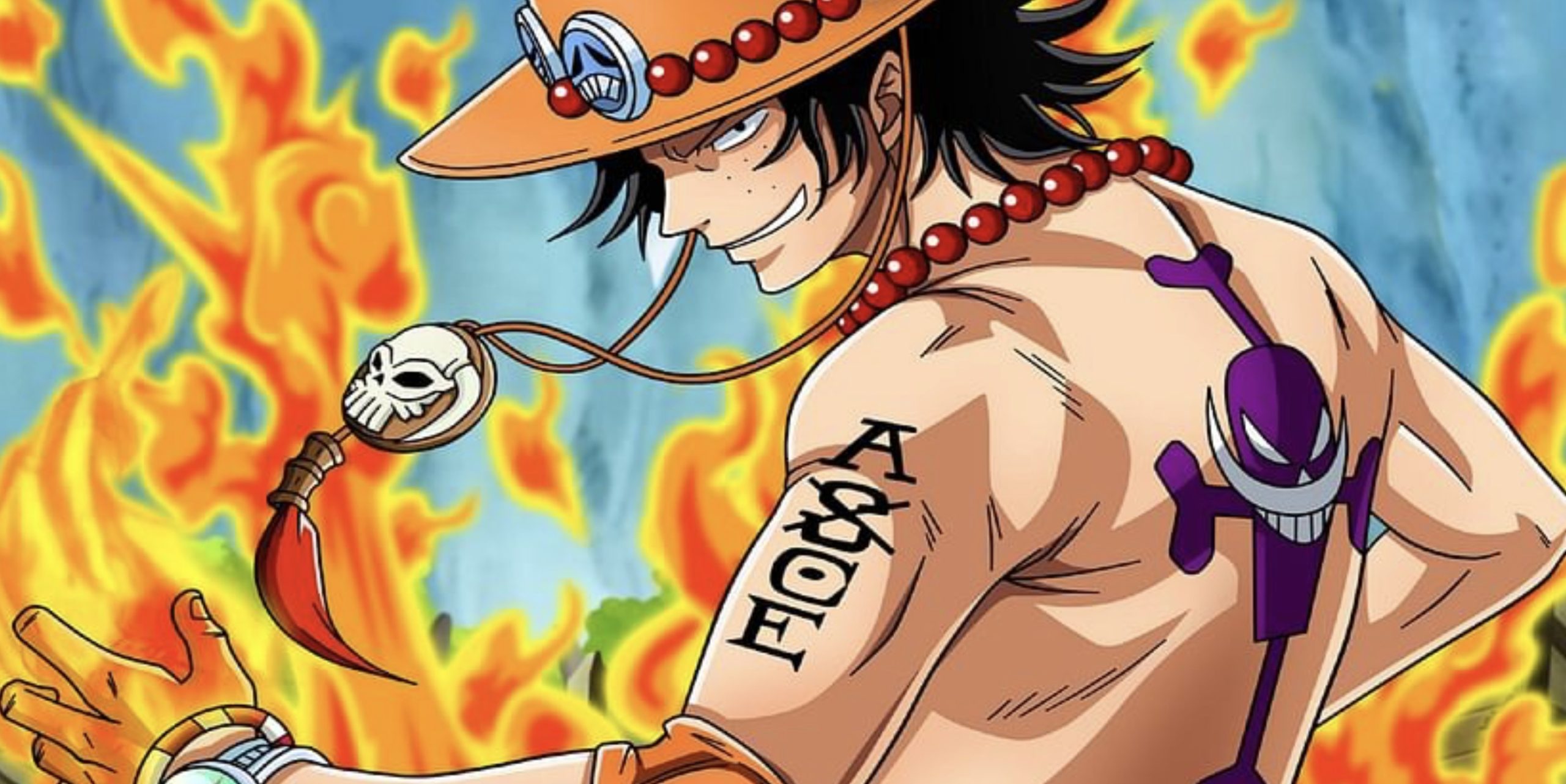
The death of Fire Fist Ace during the tumult of Marineford leaves an indelible mark on the hearts of One Piece fans, underscoring the inherent unpredictability of the series and the high stakes of its narrative.
Even amidst the chaos of battle, viewers cling to the hope that Ace will emerge unscathed, only to be confronted with the harsh reality of his demise.
In the end, Ace’s passing serves as a poignant reminder of the fragile nature of life and the sacrifices made in the pursuit of freedom and justice.
Though his flame may have been extinguished, his legacy lives on in the hearts of those he touched, forever immortalized as a symbol of resilience and brotherly love in the One Piece.
3. Setsuko
Grave of the Fireflies stands as a haunting reminder of the horrors of war, made all the more poignant by its basis in real events. Unlike many anime, there are no fantastical worlds or magical creatures here, only the harsh realities of conflict and its devastating toll on human lives.
The story follows Setsuko and her brother, Seita, as they explore the brutal aftermath of war, their lives forever altered by the tragedy of loss and suffering.

Separated from their parents by an American firebombing, Setsuko and Seita are thrust into a desperate struggle for survival. With food scarce and resources dwindling, they cling to each other in a desperate bid to endure.
However, despite Seita’s valiant efforts to provide for his sister, Setsuko succumbs to starvation and malnutrition, her fragile body unable to withstand the harsh realities of their existence.
The scene of Setsuko’s passing, cradled in her brother’s arms with a fragment of watermelon as her final comfort, serves as a gut-wrenching witness to the brutality of war and the innocence lost in its wake.
Through their tragic story, Grave of the Fireflies shines a spotlight on the human cost of conflict, leaving a lasting impression on viewers and reminding us of the importance of empathy, compassion, and the pursuit of peace.
2. Maes Hughes
Maes Hughes’ death in Fullmetal Alchemist is undeniably one of the most heart-wrenching moments in anime, capable of moving even the most stoic of viewers to tears. As a devoted soldier and loving father, Hughes held a special place in the hearts of fans, making his brutal demise all the more devastating.
In his final moments, Hughes’s thoughts turned to his beloved daughter, expressing his deep love for her with his dying breath. The raw emotion of this scene tugs at the heartstrings, leaving a lasting impact on viewers as they witness the tragedy of a life cut short.

Yet, it is the aftermath of Hughes’s death that truly breaks the hearts of fans. At his funeral, the poignant exchange between his daughter and her mother covers the profound loss felt by his loved ones and the emptiness left in his absence.
It is in this moment of grief and mourning that the full weight of Hughes’s passing is felt, driving home the irreplaceable void left by his departure.
For fans of Fullmetal Alchemist, Hughes’s death serves as a powerful reminder of the fragility of life and the enduring power of love and family. His memory lives on in the hearts of those he touched, forever cherished as a symbol of devotion and sacrifice in the face of adversity.
1. Jiraiya
For Naruto fans, the longing to see Jiraiya once more, even as a reincarnation during the fourth Great Ninja War, is a sentiment that resonates deeply. Despite the many shinobi who were resurrected through the Edo Tensei during the war, the absence of the pervy sage is keenly felt, a stark reminder of the brutal and solitary end he met at sea.
Jiraiya was more than just a shinobi; he was a father figure, a mentor to Naruto, and a beloved character who forged bonds with viewers. The mention of Naruto inevitably conjures memories of Jiraiya, his teachings, and the sorrowful circumstances of his demise.

Perishing at the hands of one of his own students, Pain, Jiraiya’s final act of heroism— etching a code that saved Konoha Village— serves as a witness to his unwavering dedication to the greater good.
The combination of Jiraiya’s endearing personality, his profound impact on Naruto’s journey, and the tragic circumstances of his death have left an indelible mark on the series, its characters, and its fans. The absence of the pervy sage serves as a constant reminder of the sacrifices made in the pursuit of peace and the lasting legacy of those who have fallen in the line of duty.
In anime, Jiraiya’s name will forever be associated with tragedy, his memory honored and revered by fans who continue to hold him in their hearts as a symbol of courage, wisdom, and selflessness.

